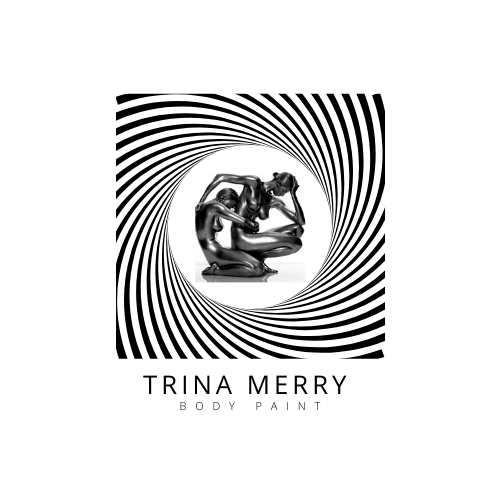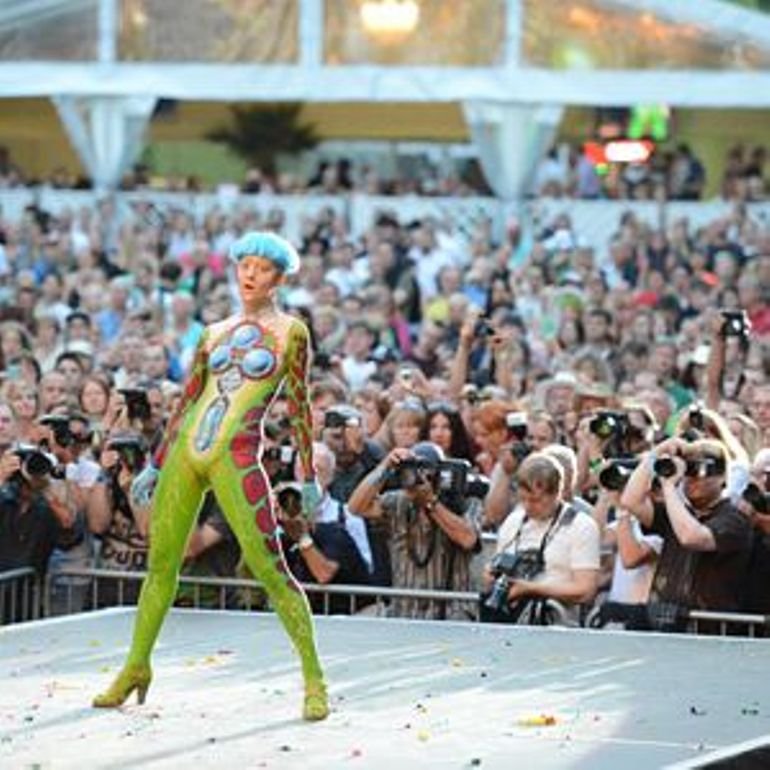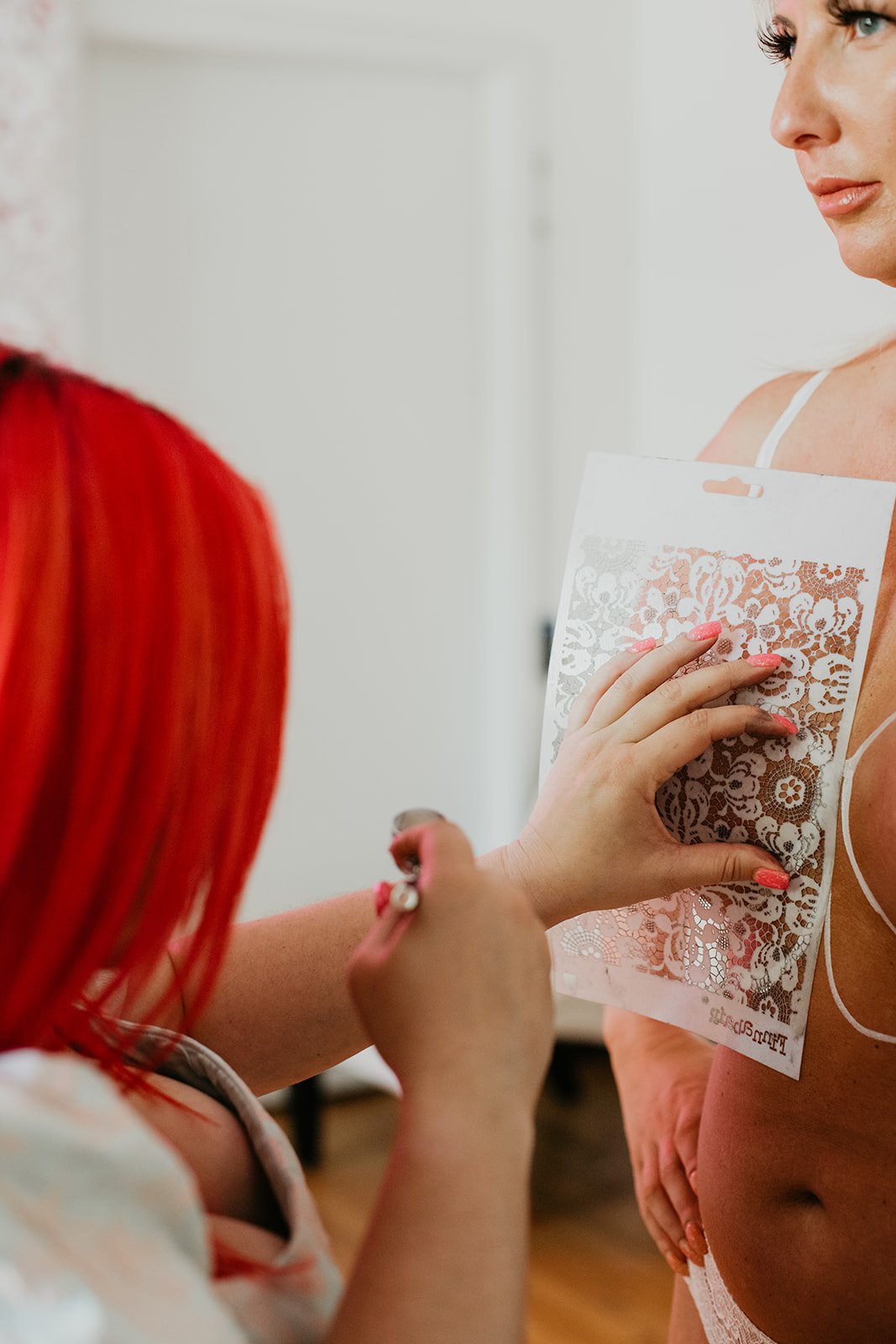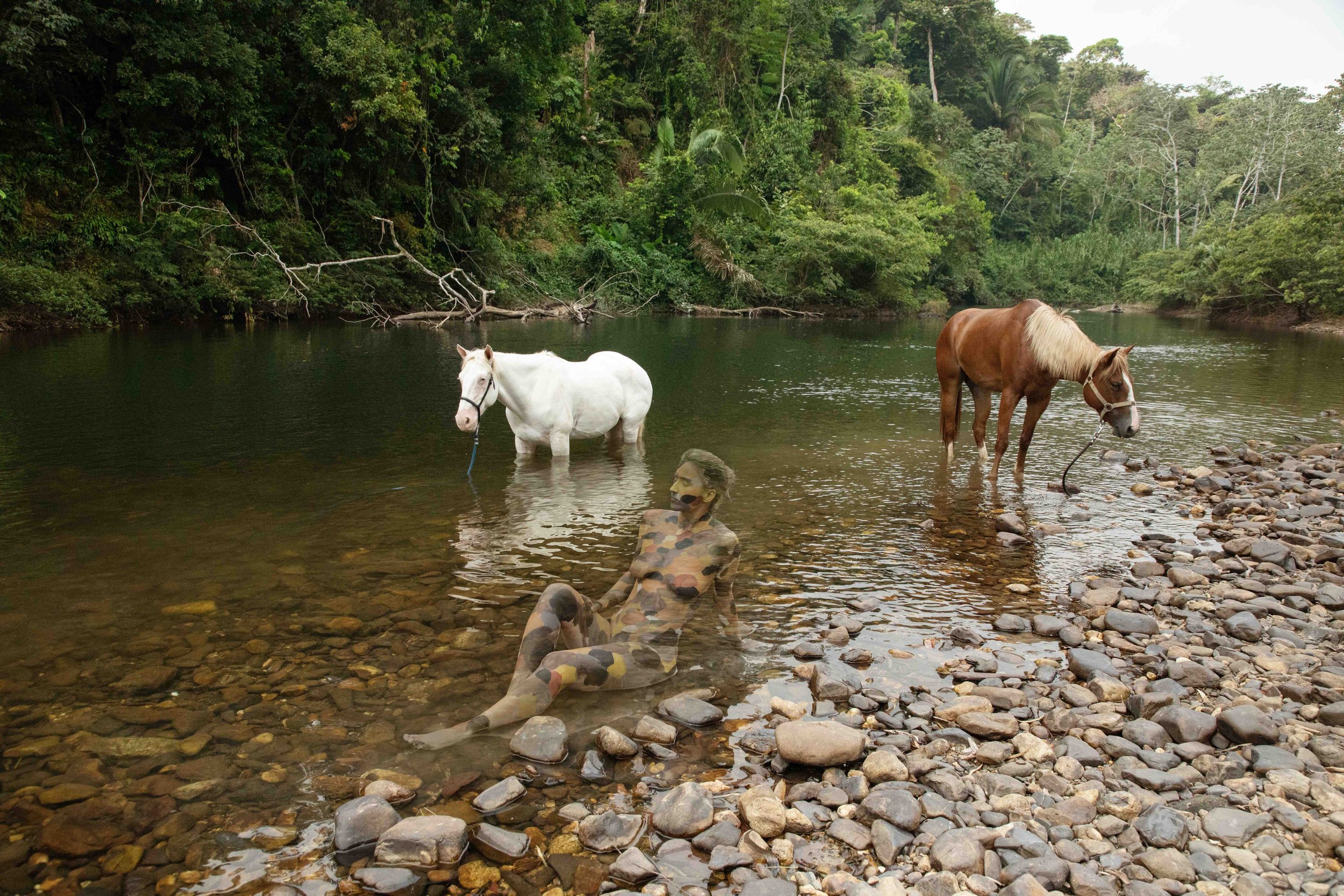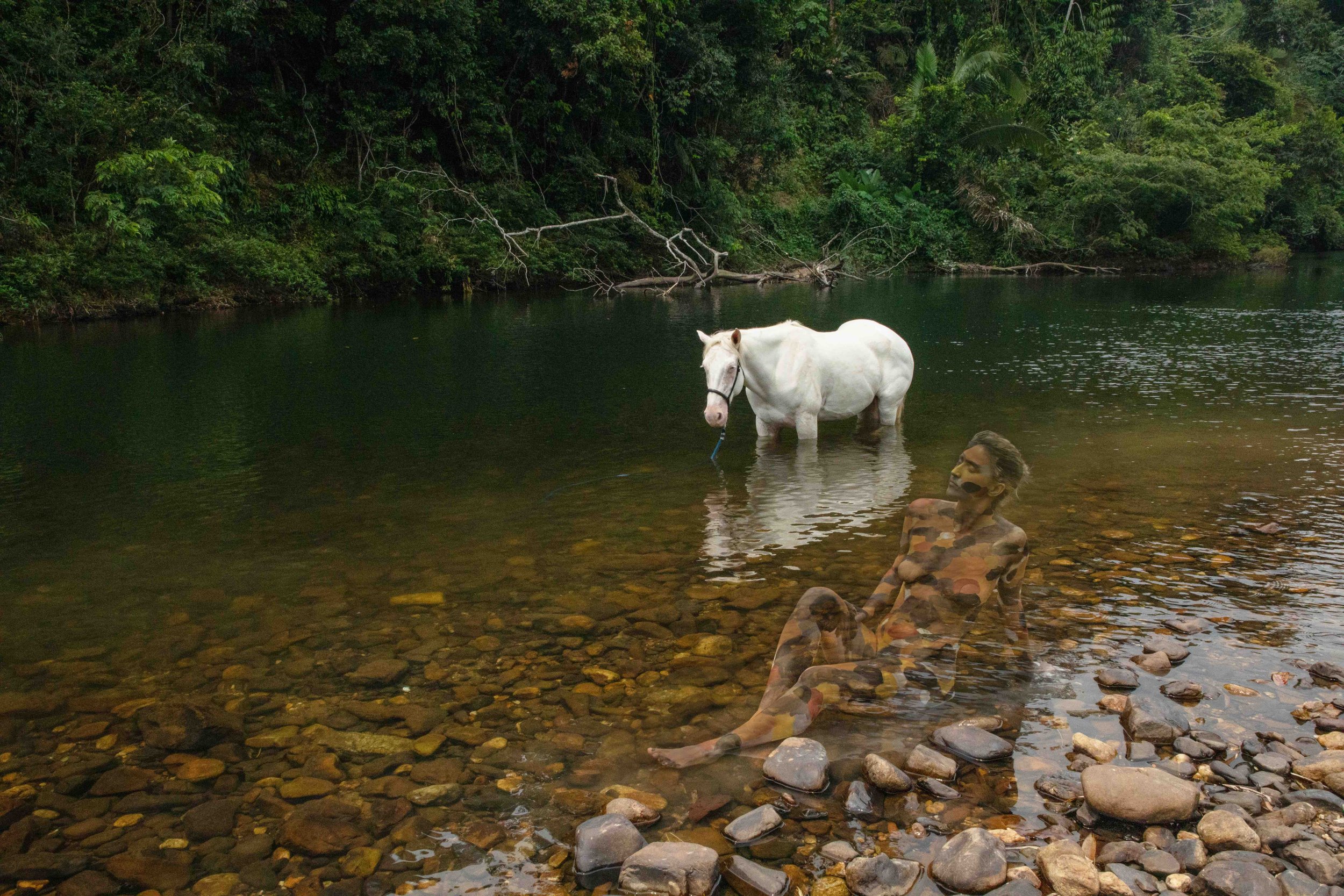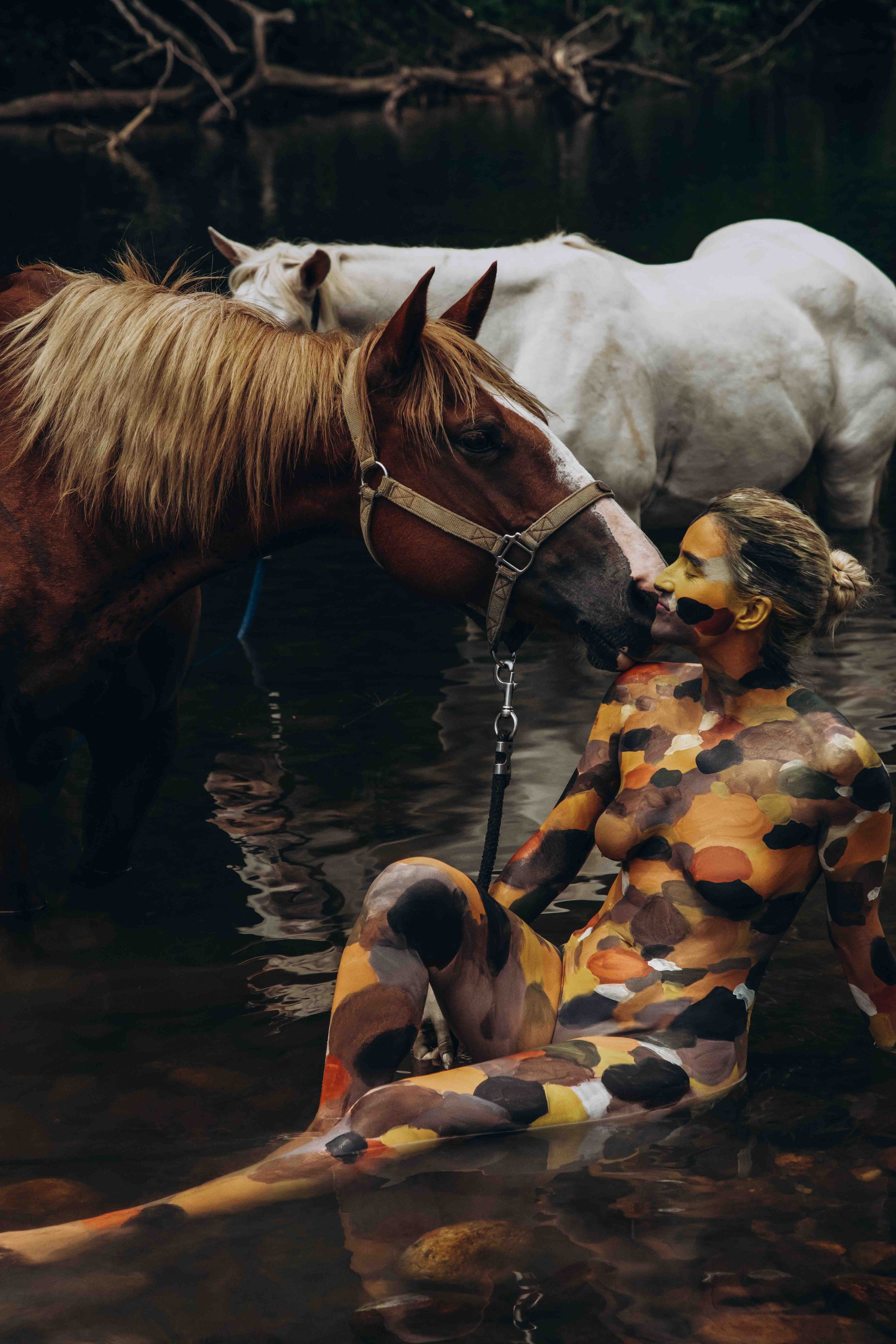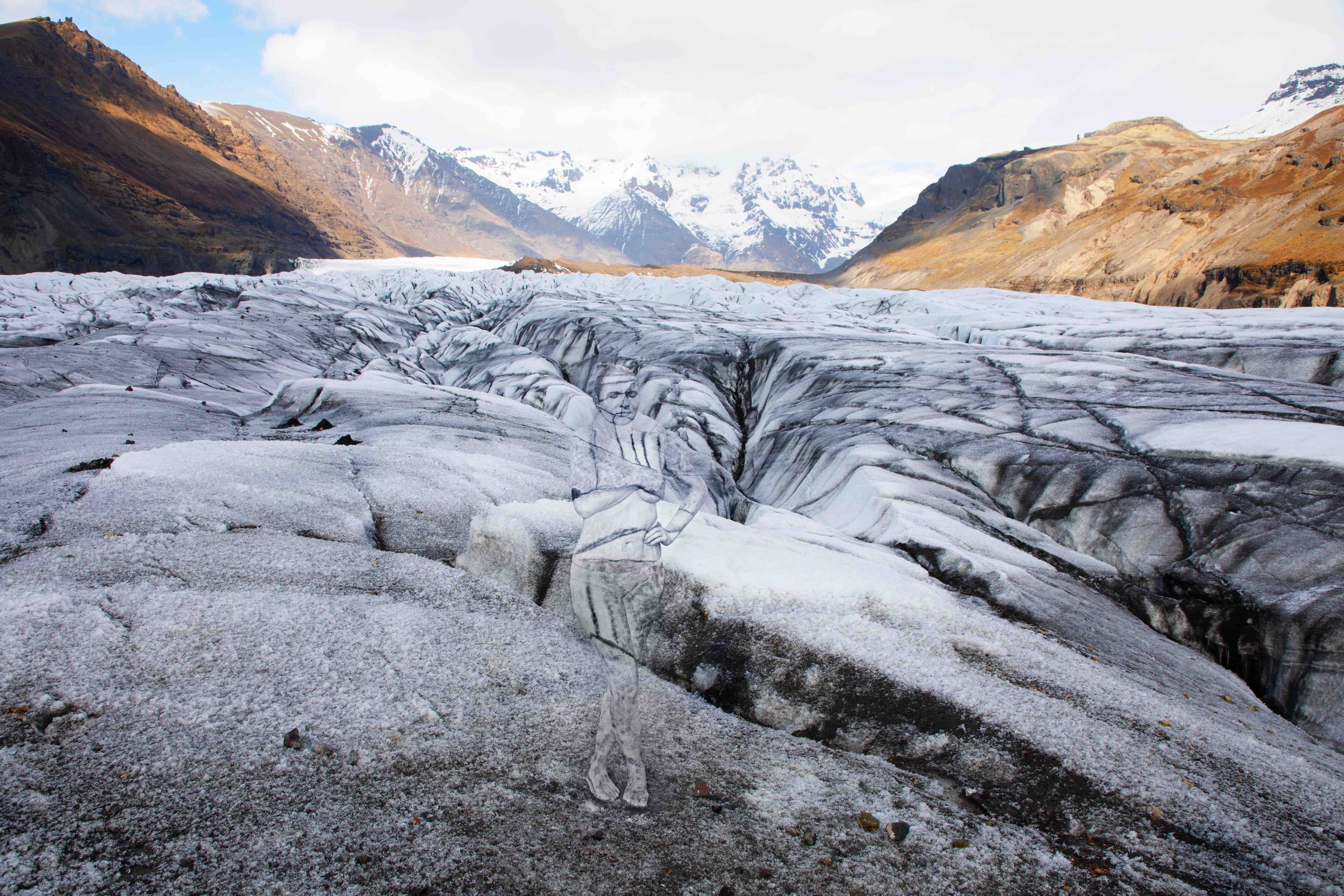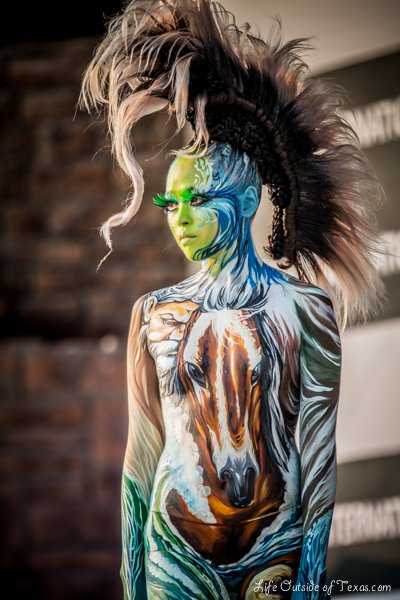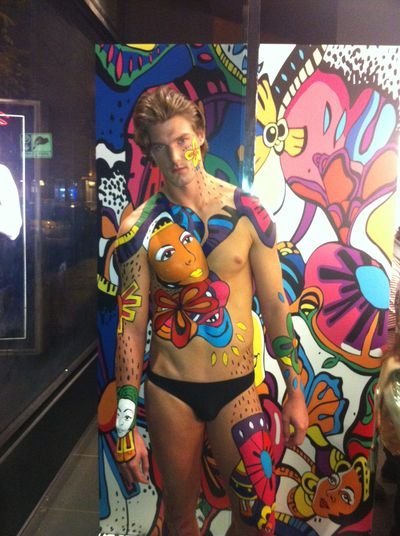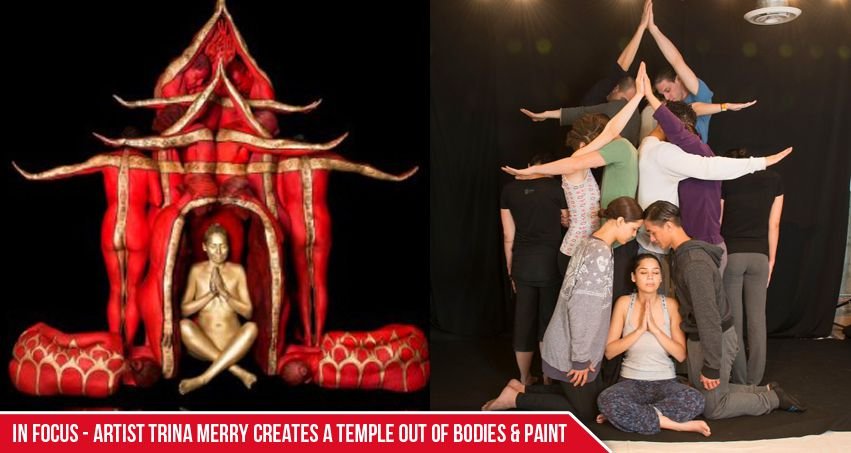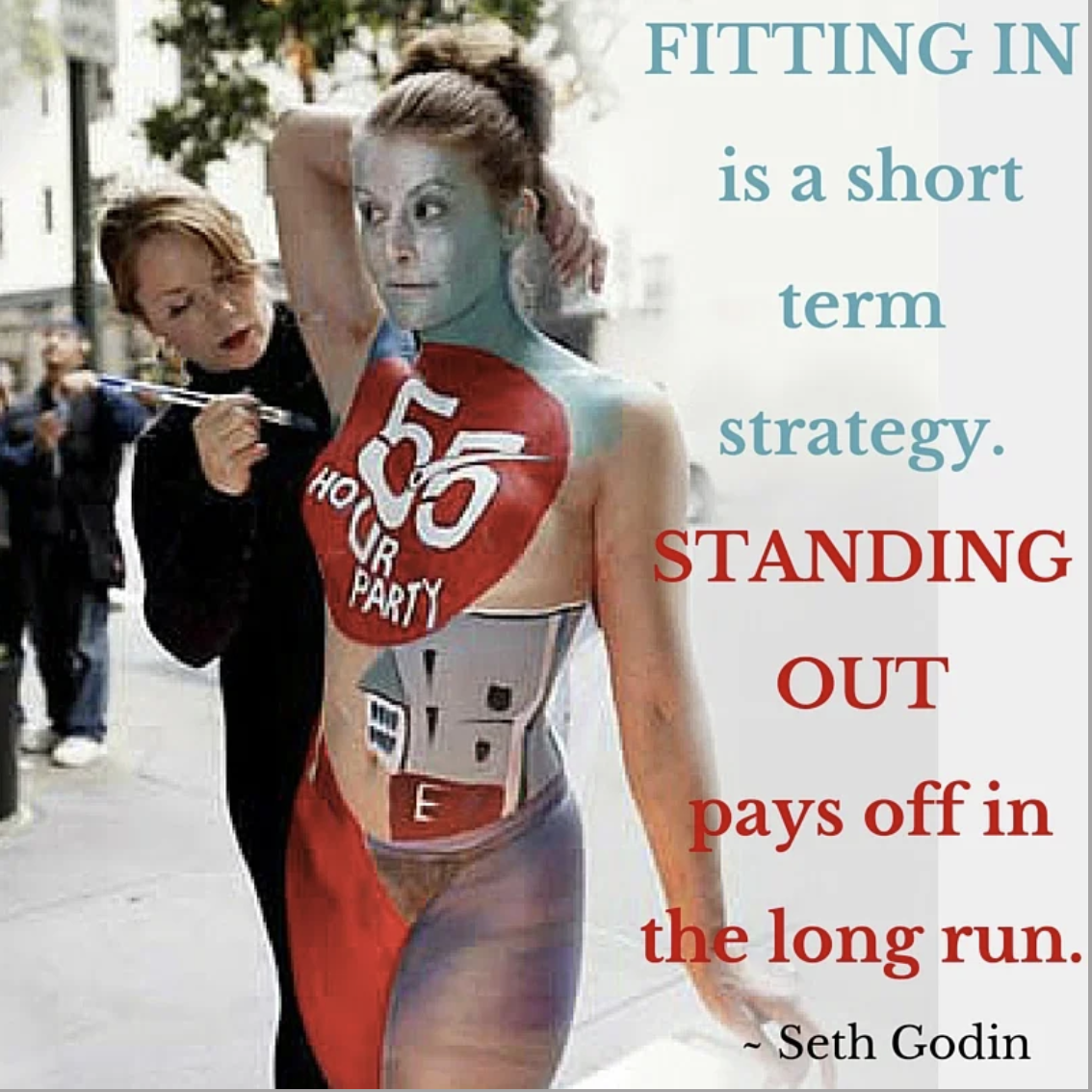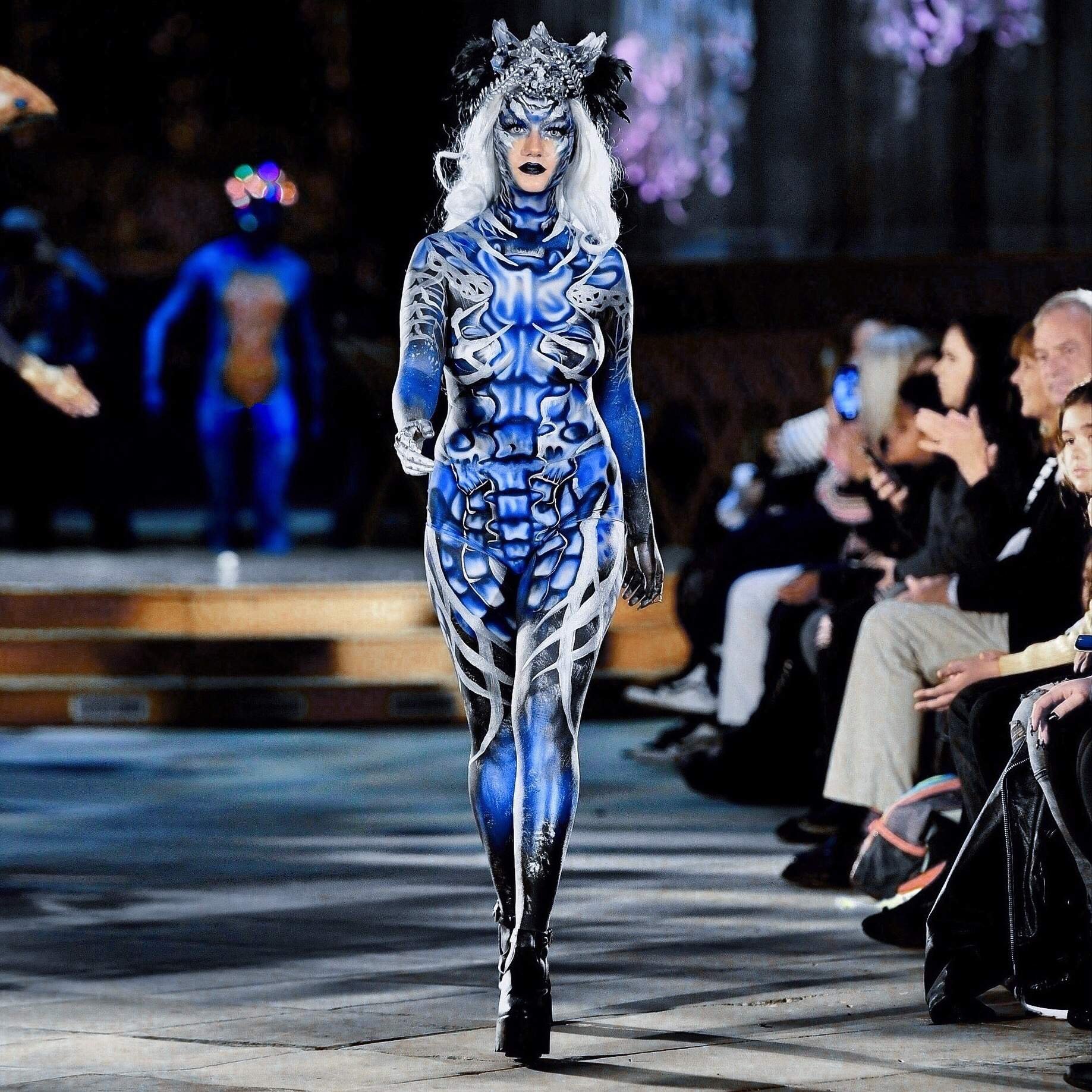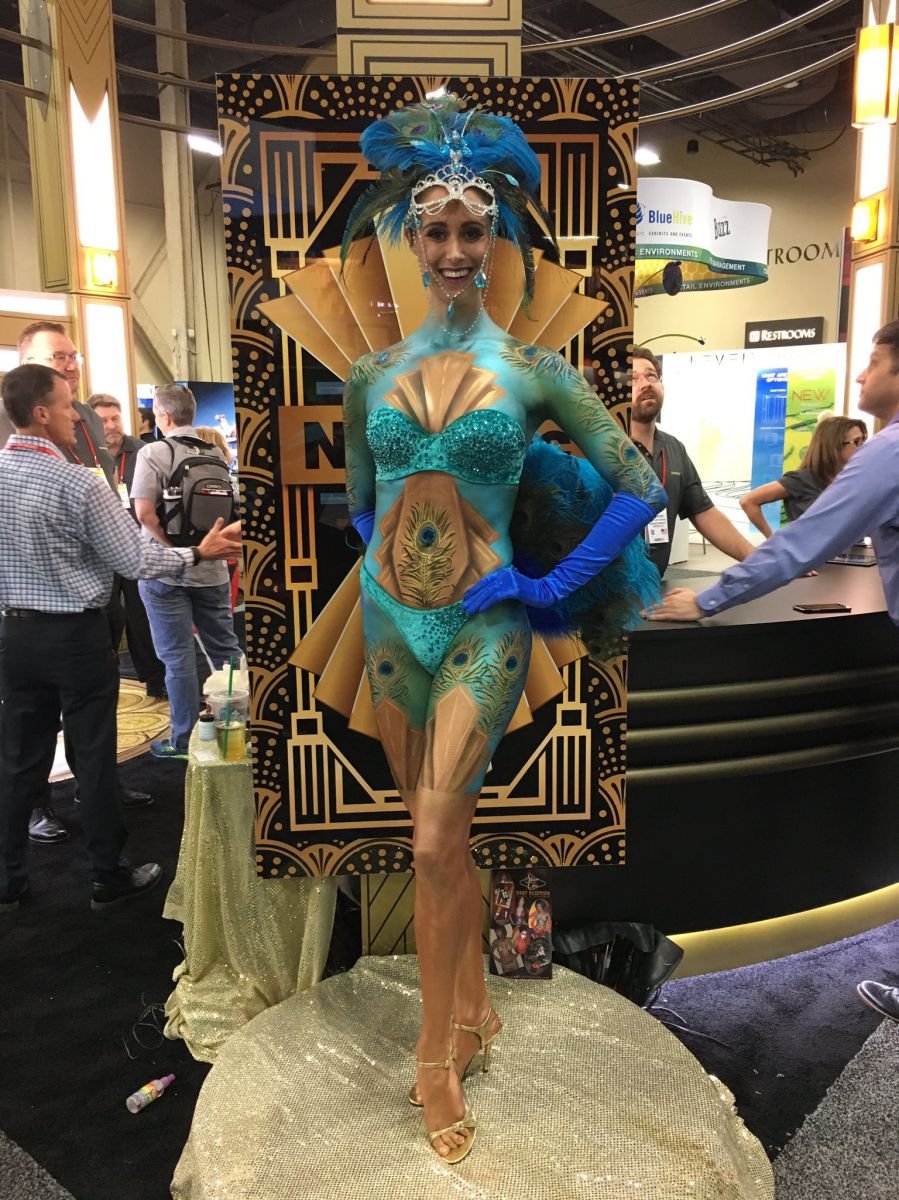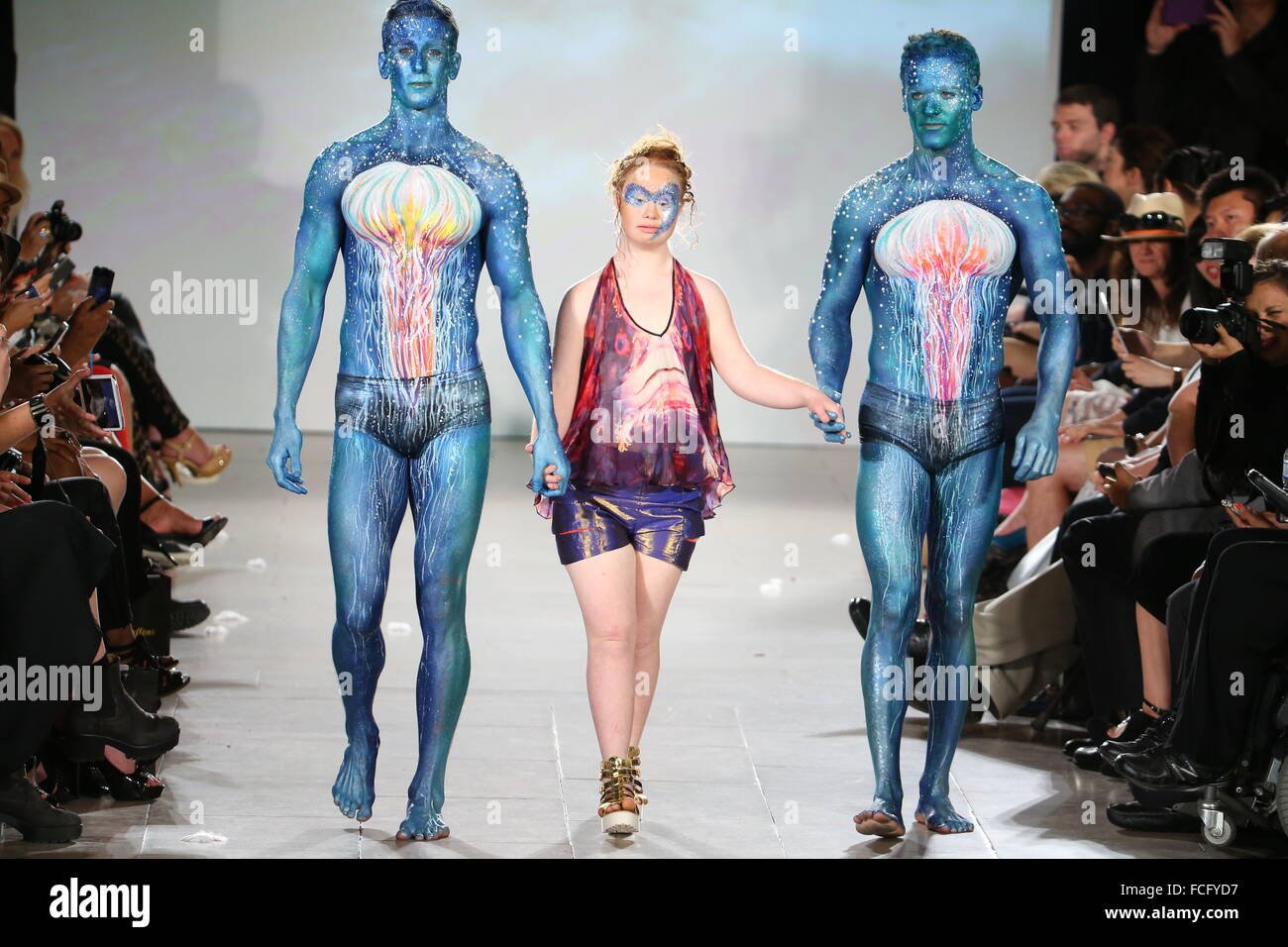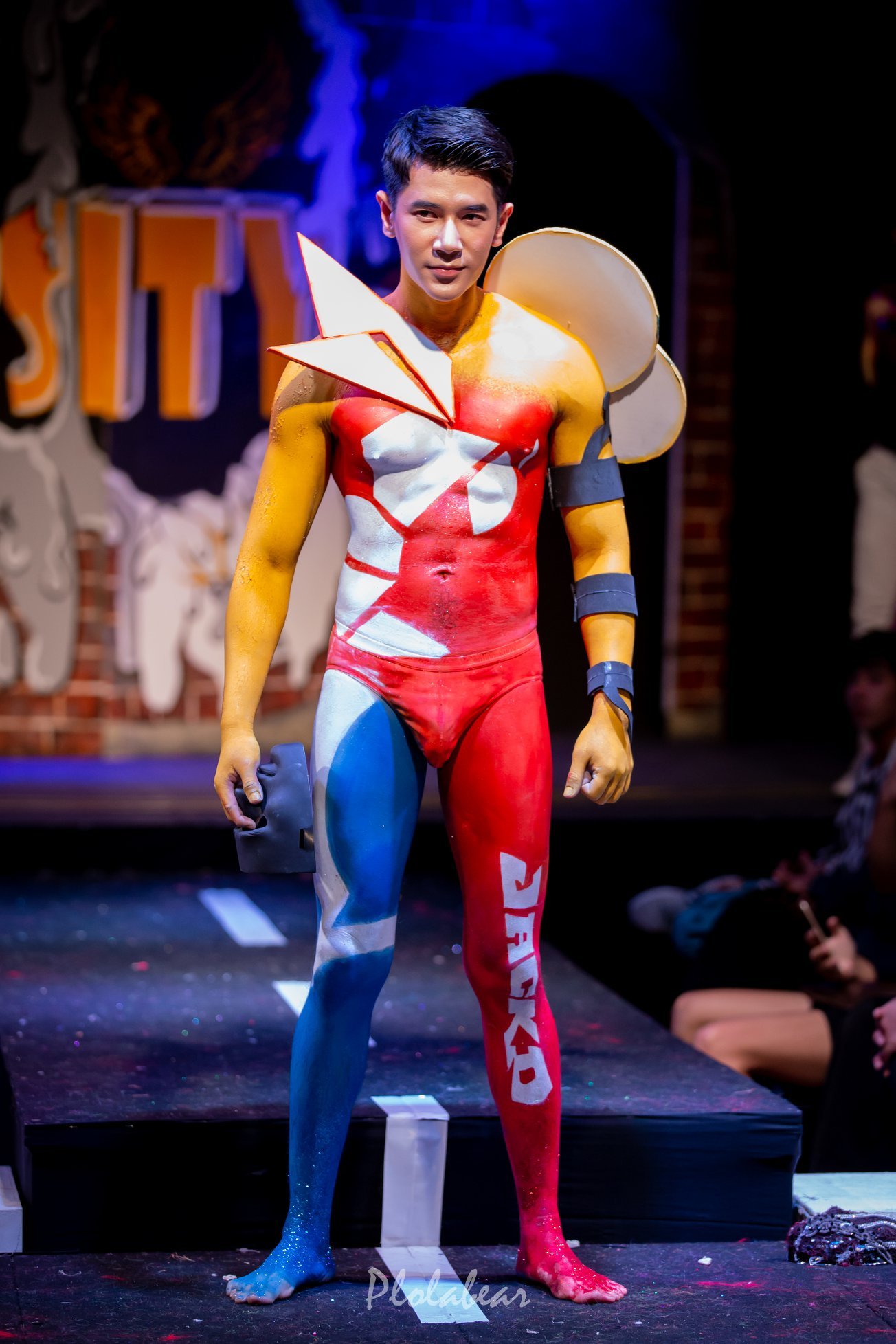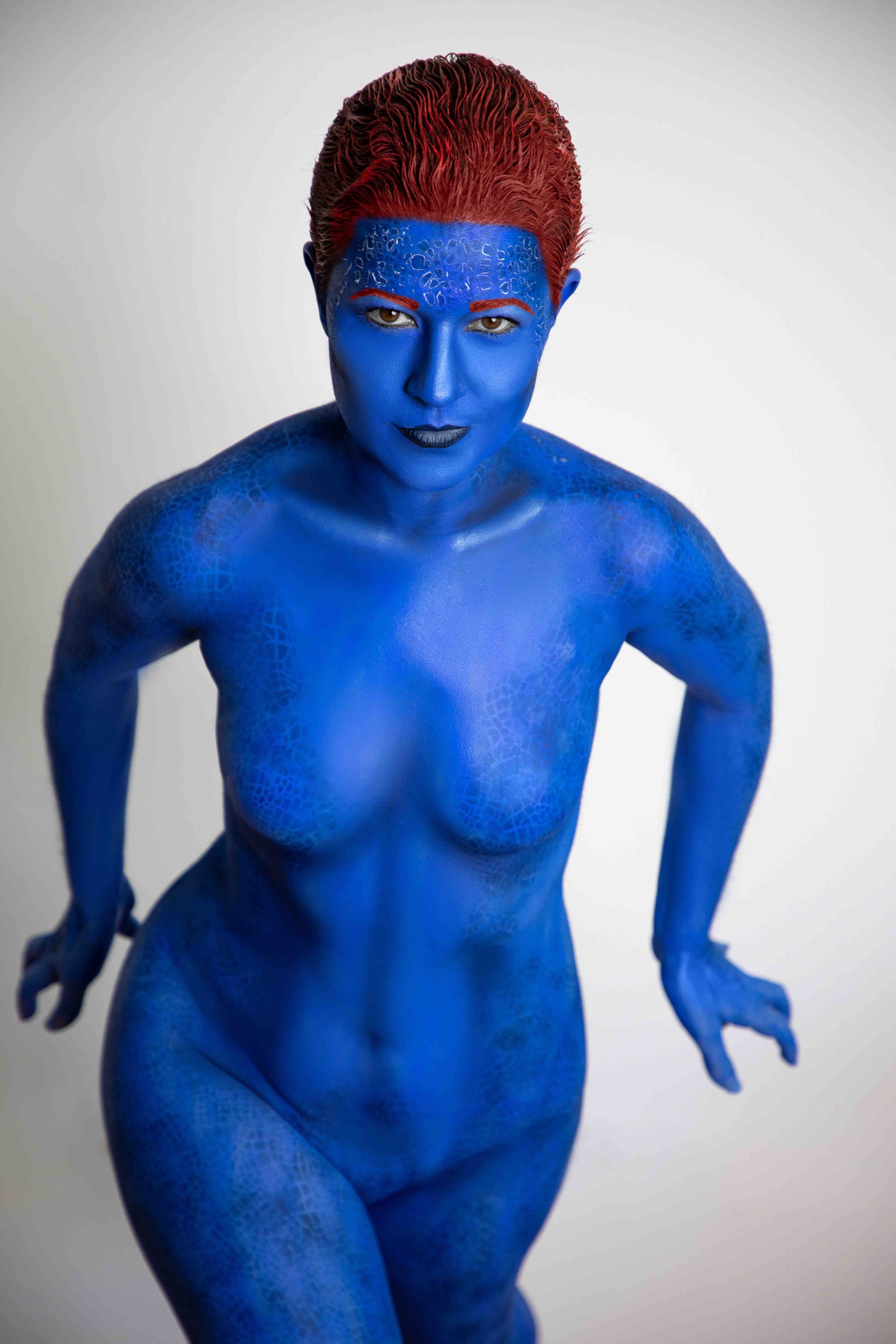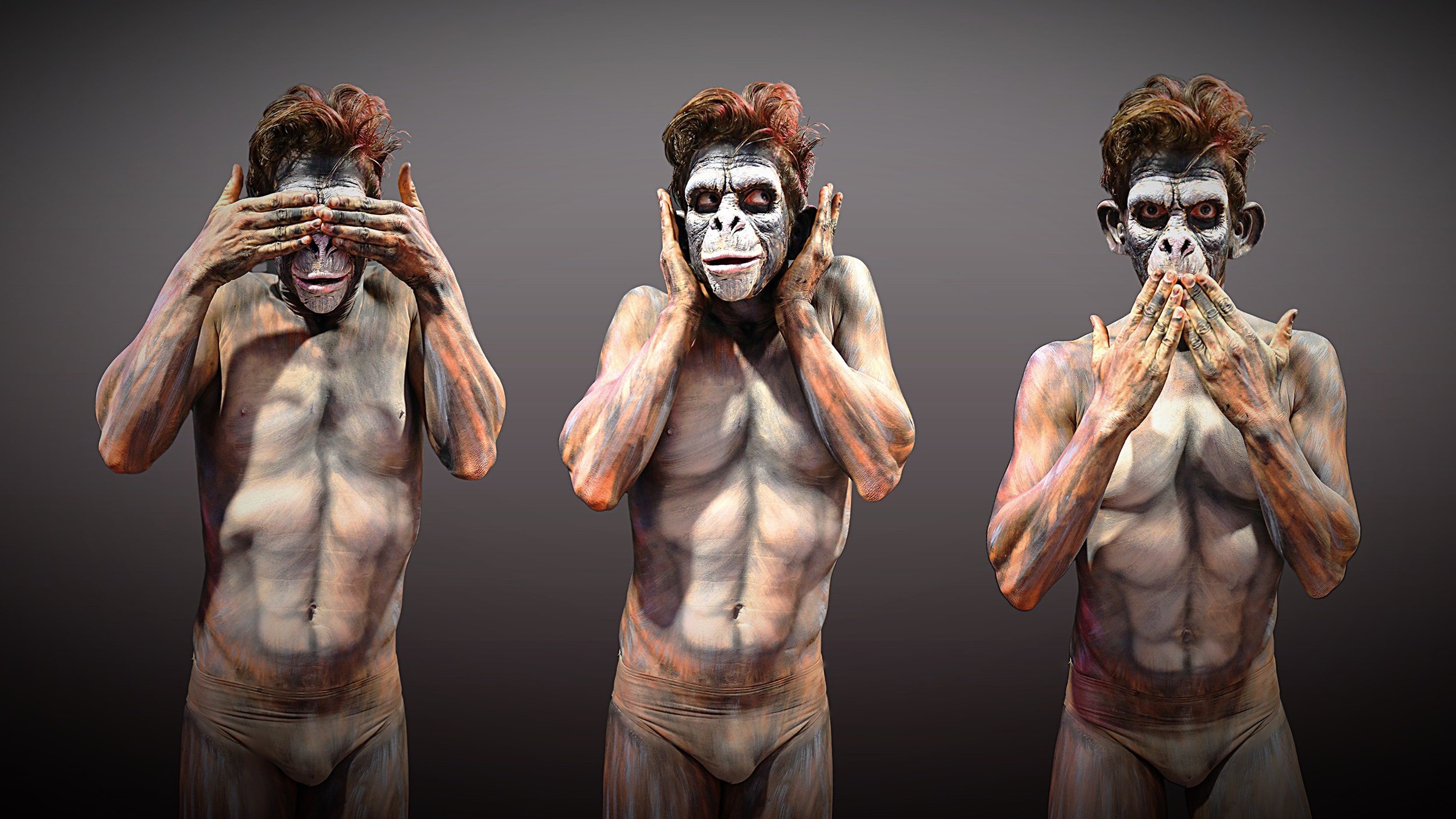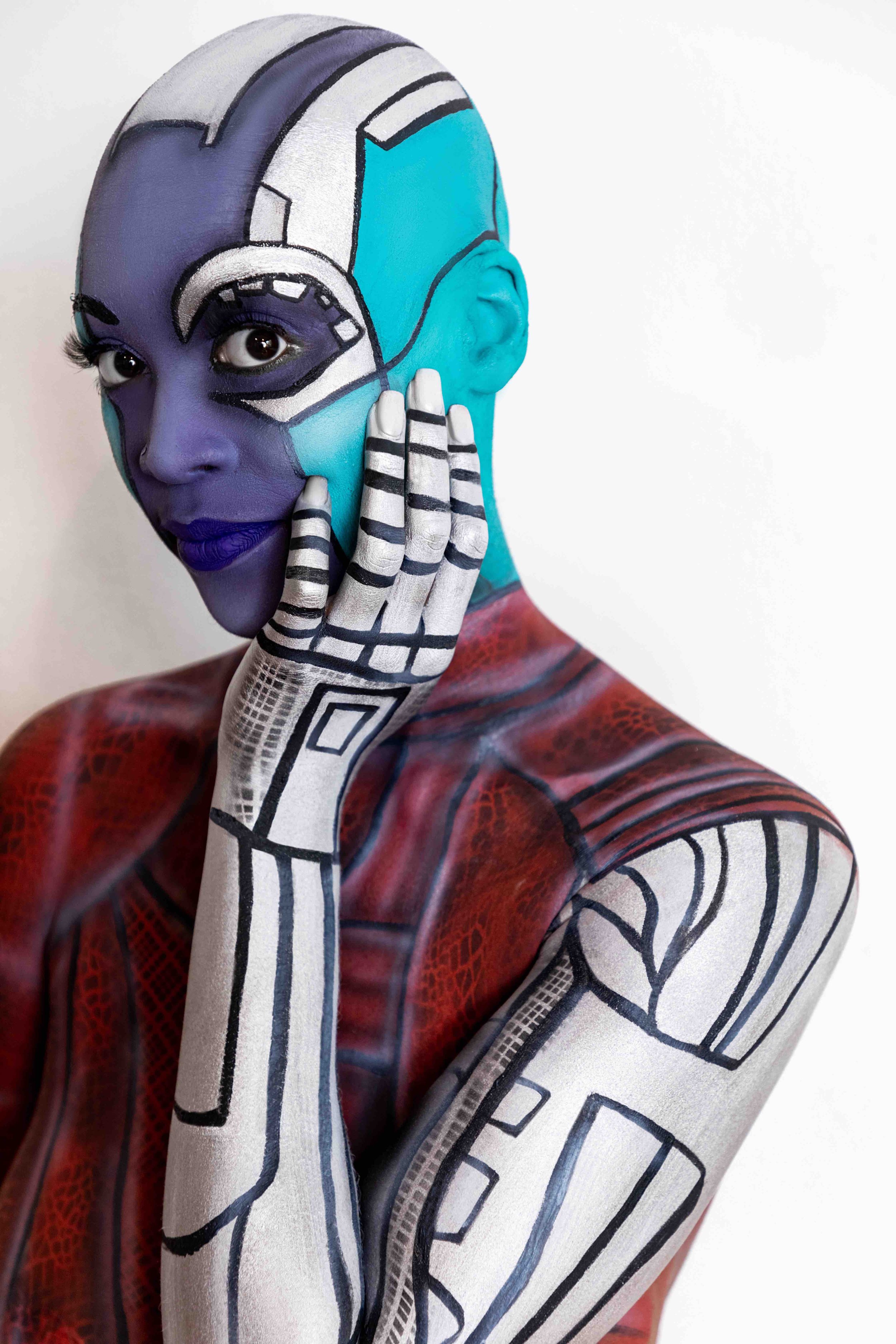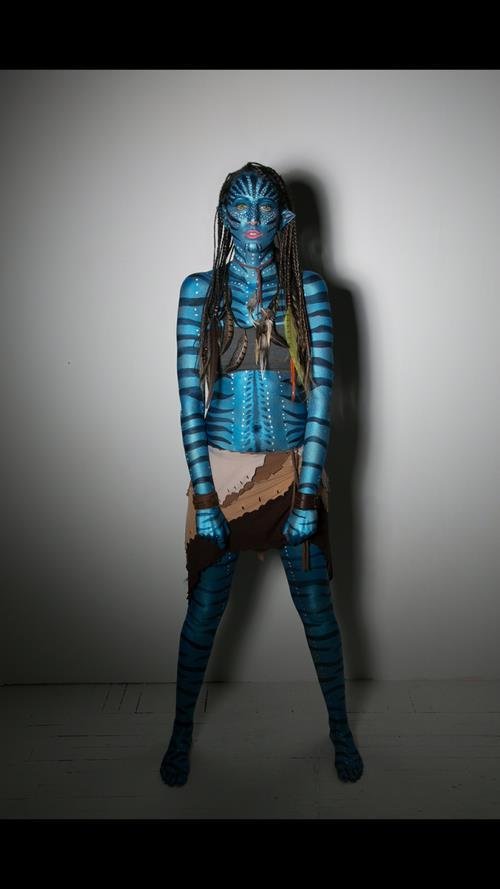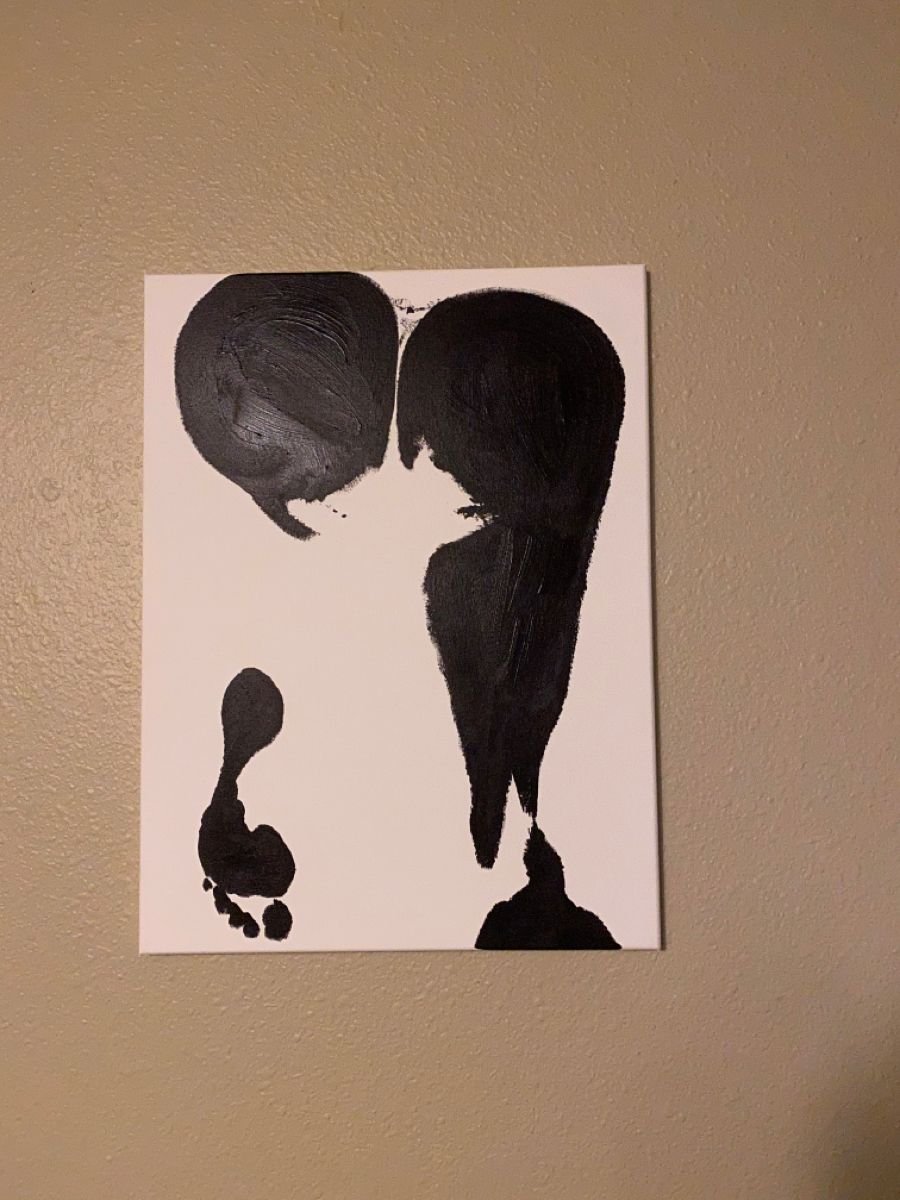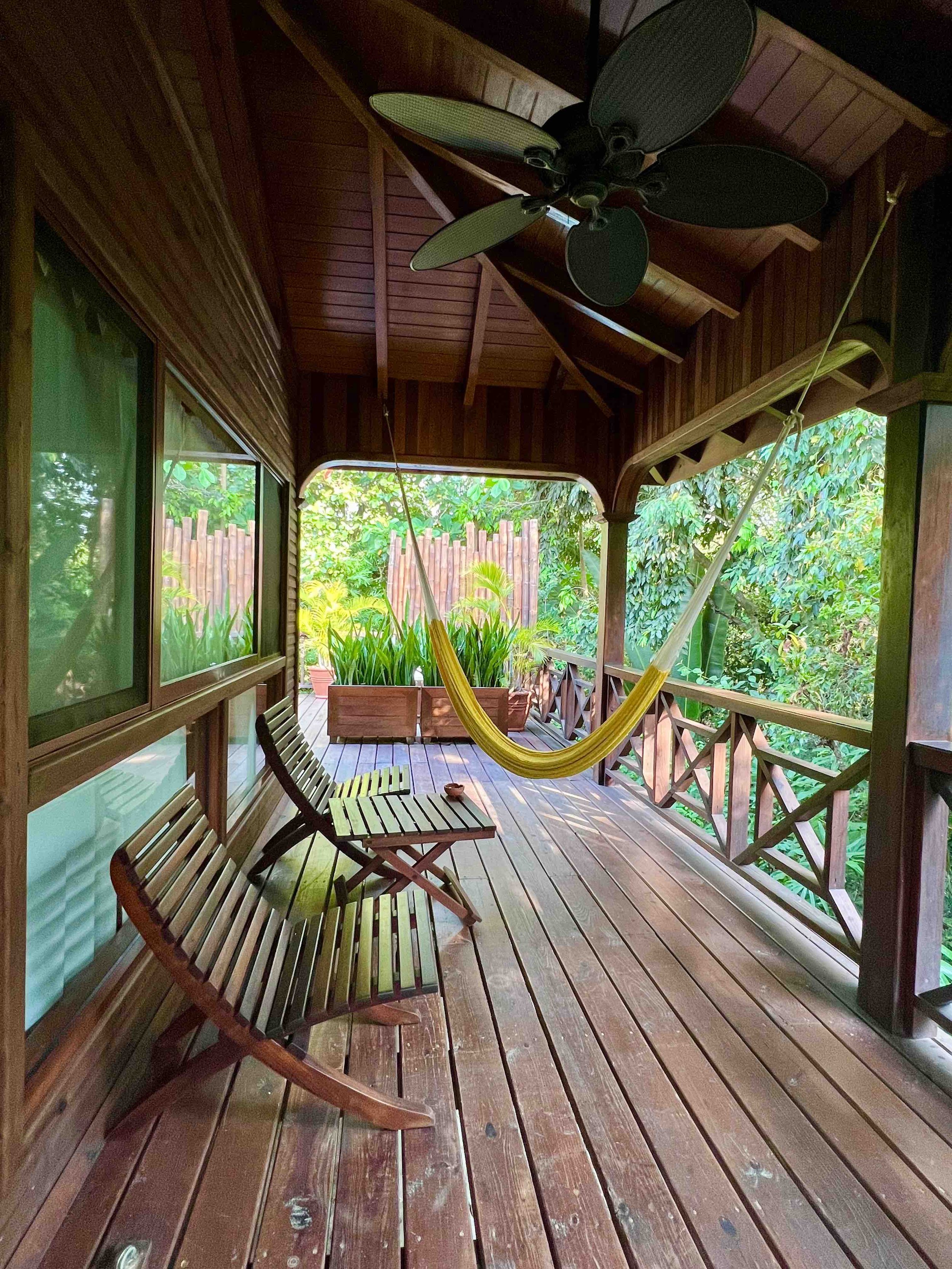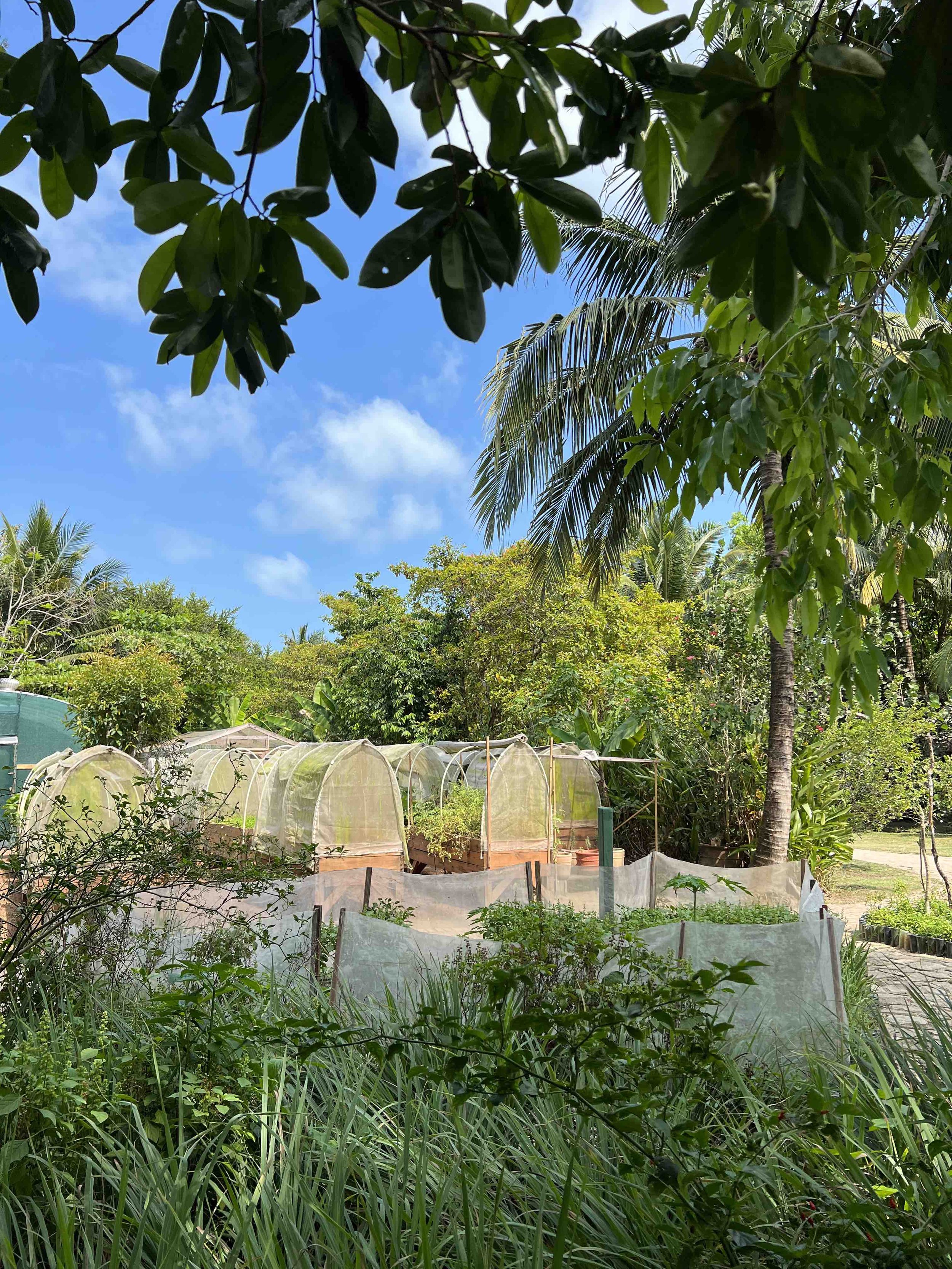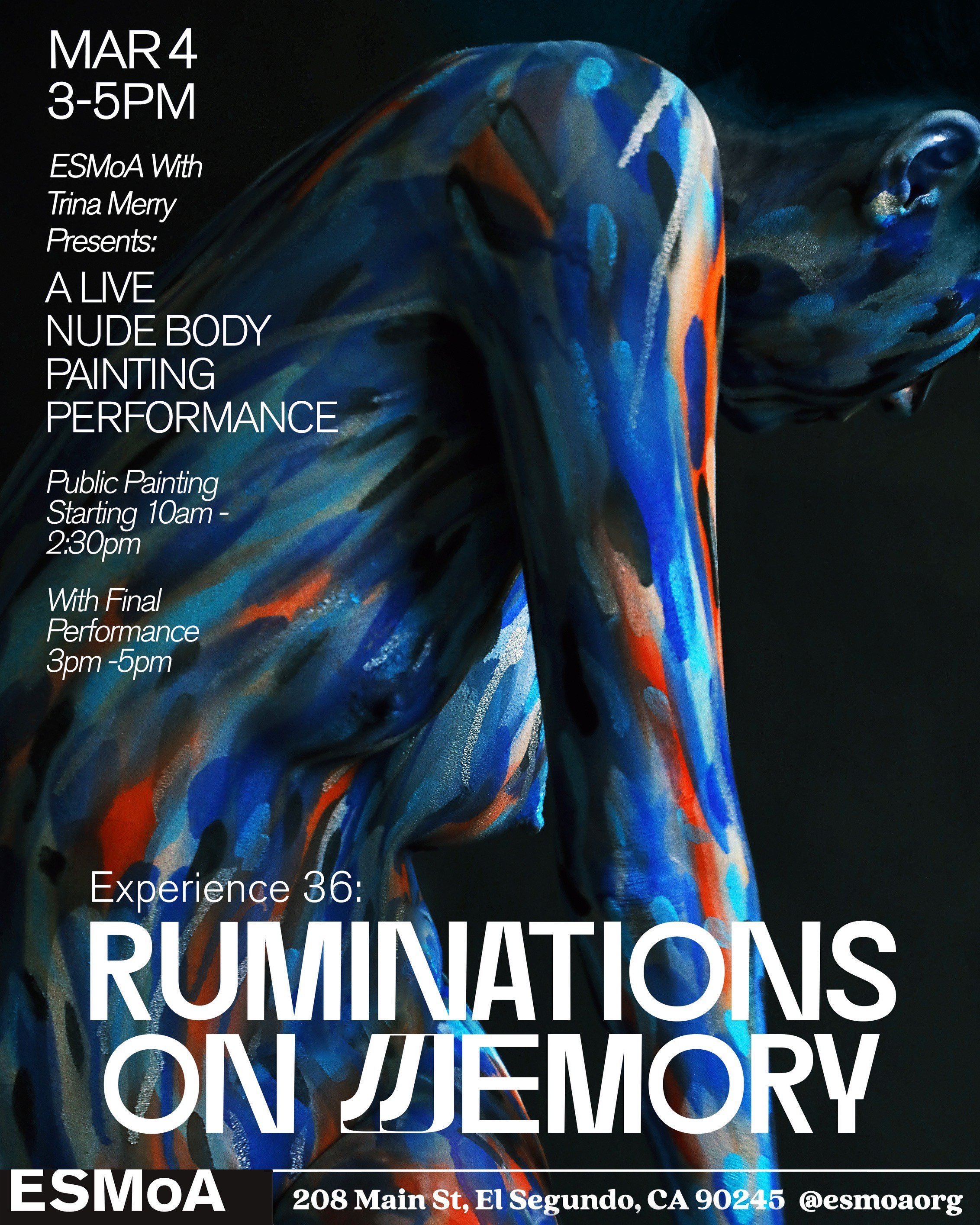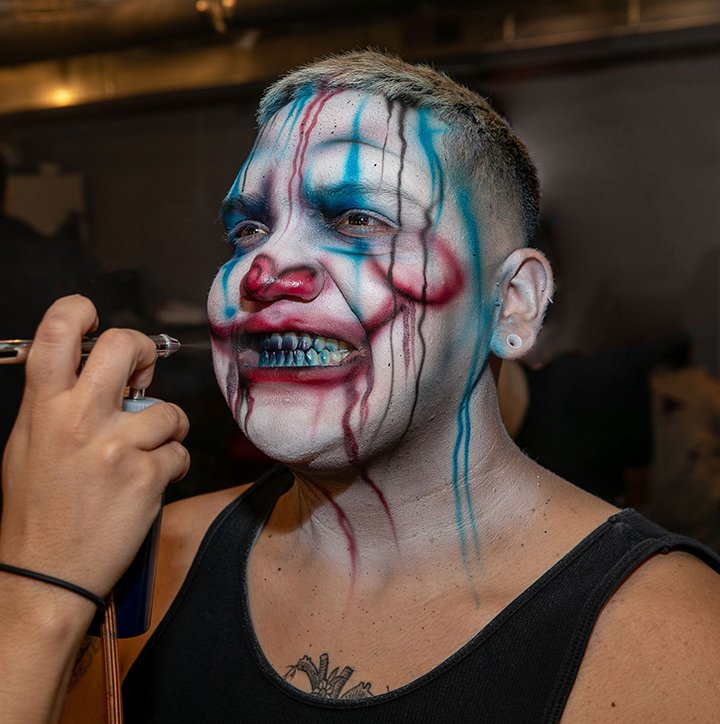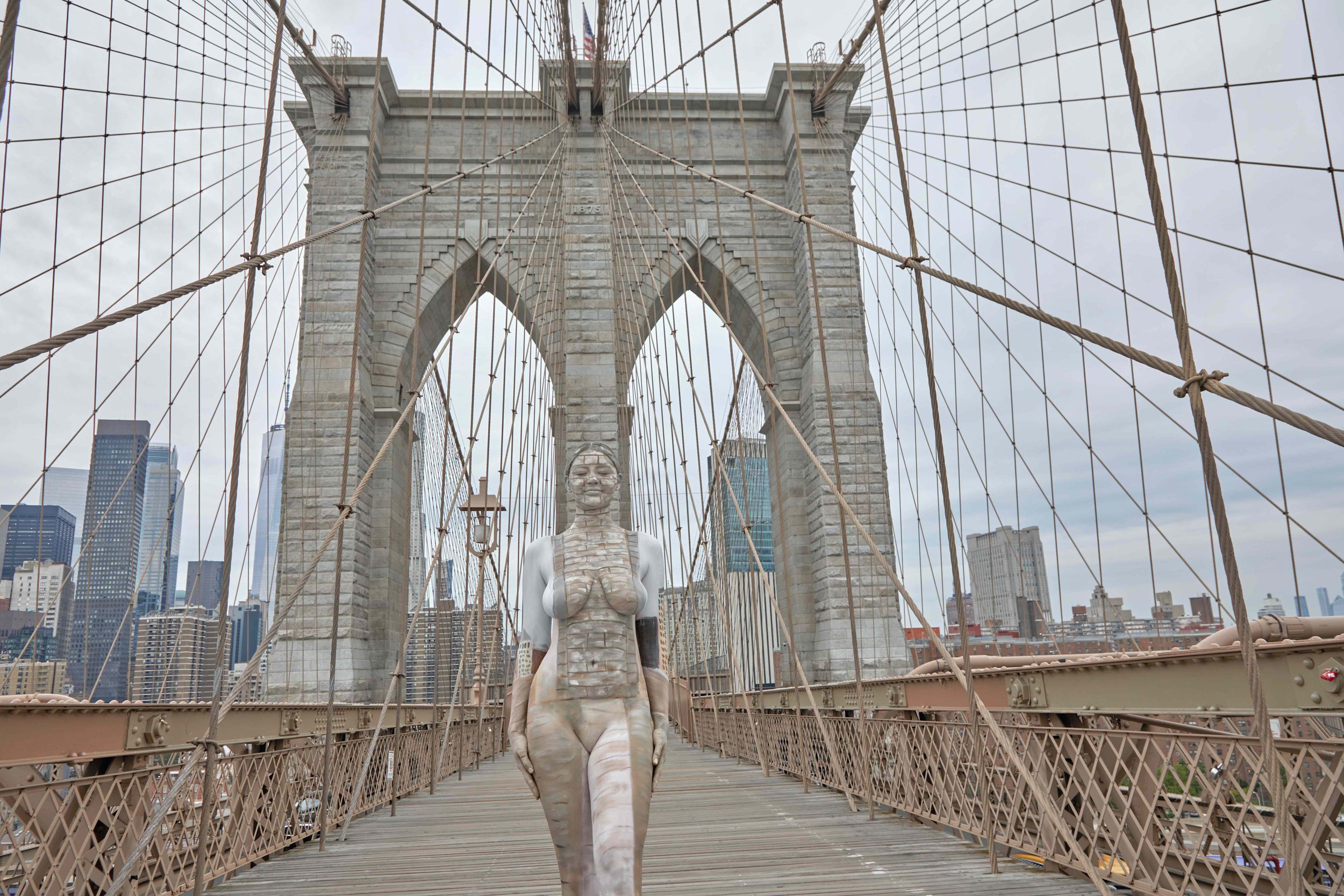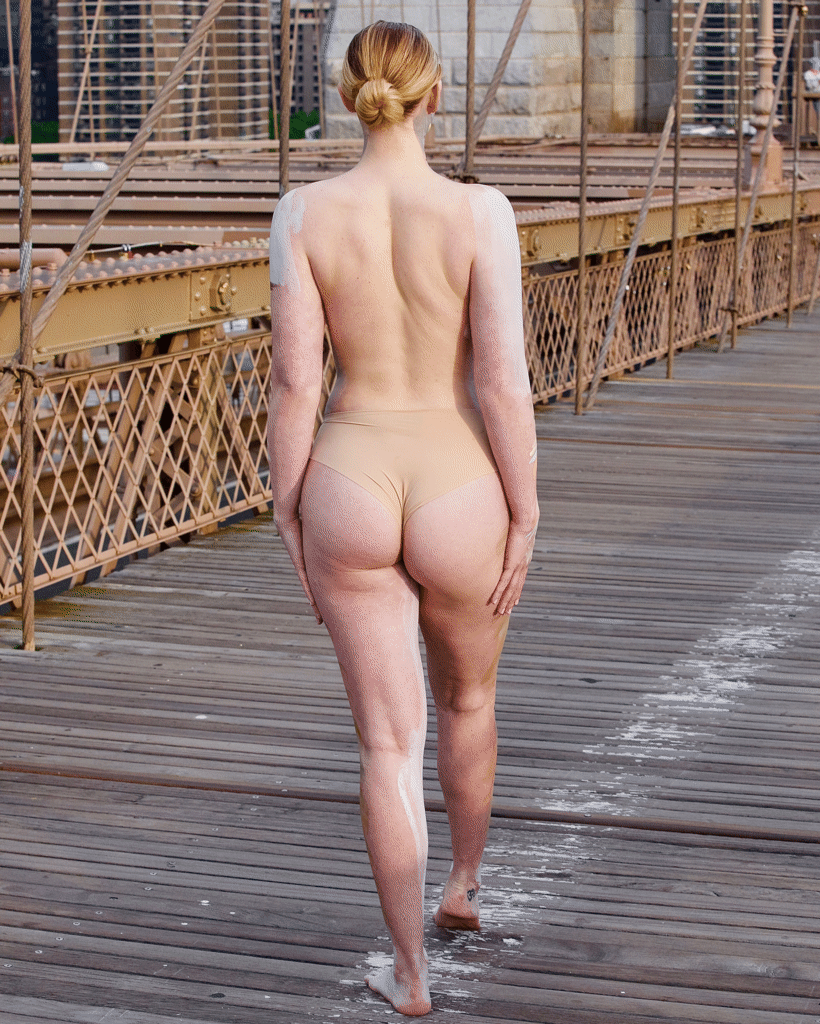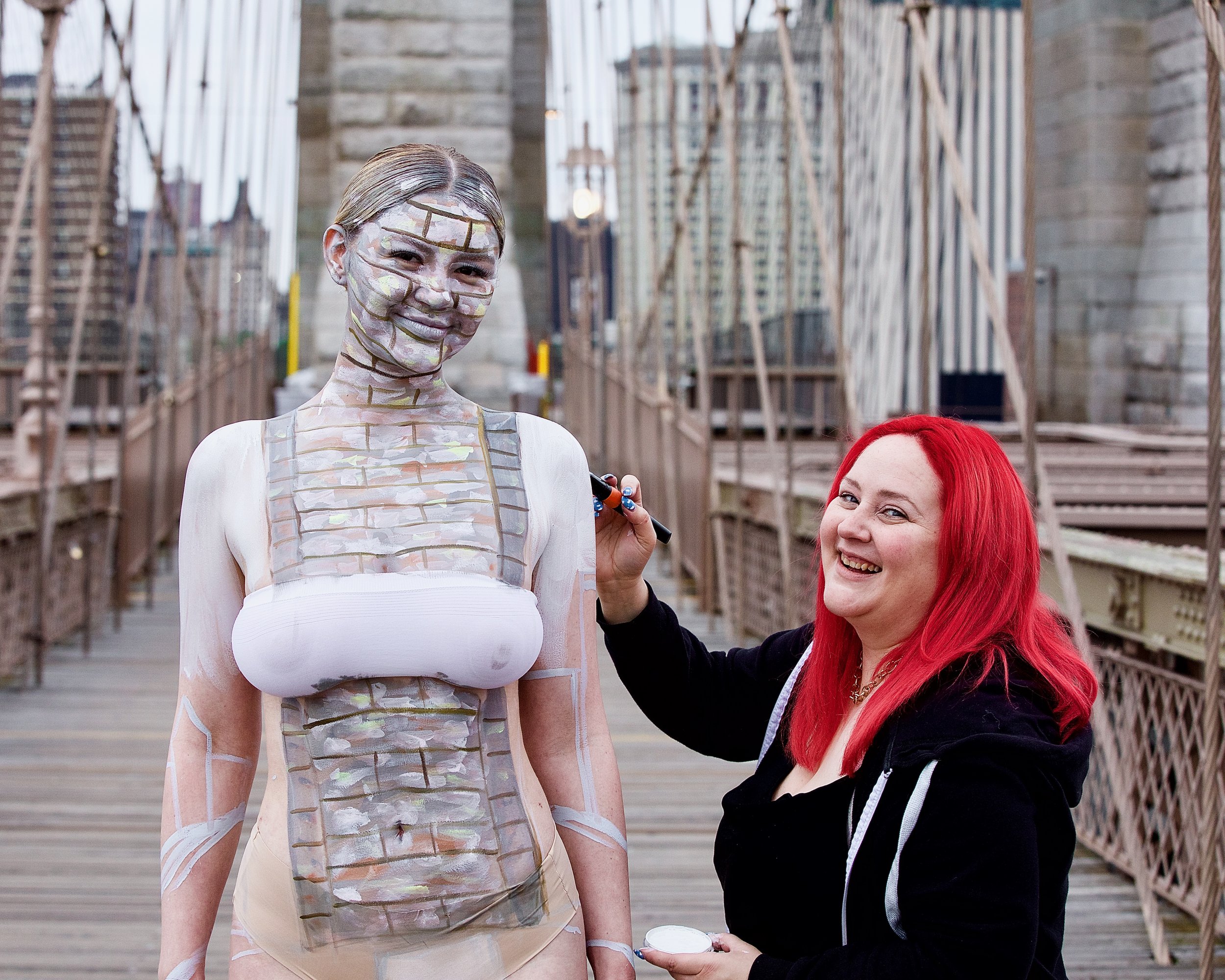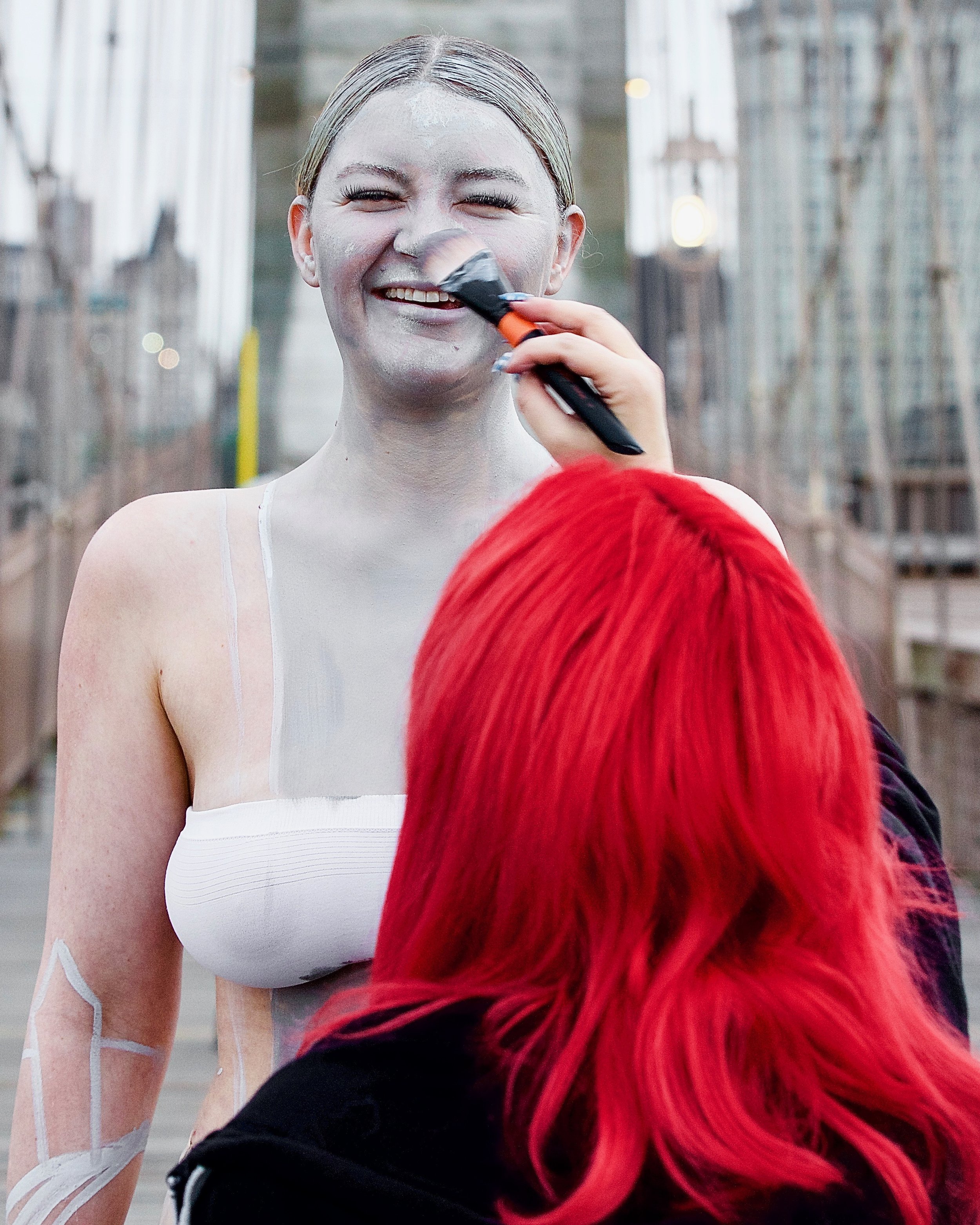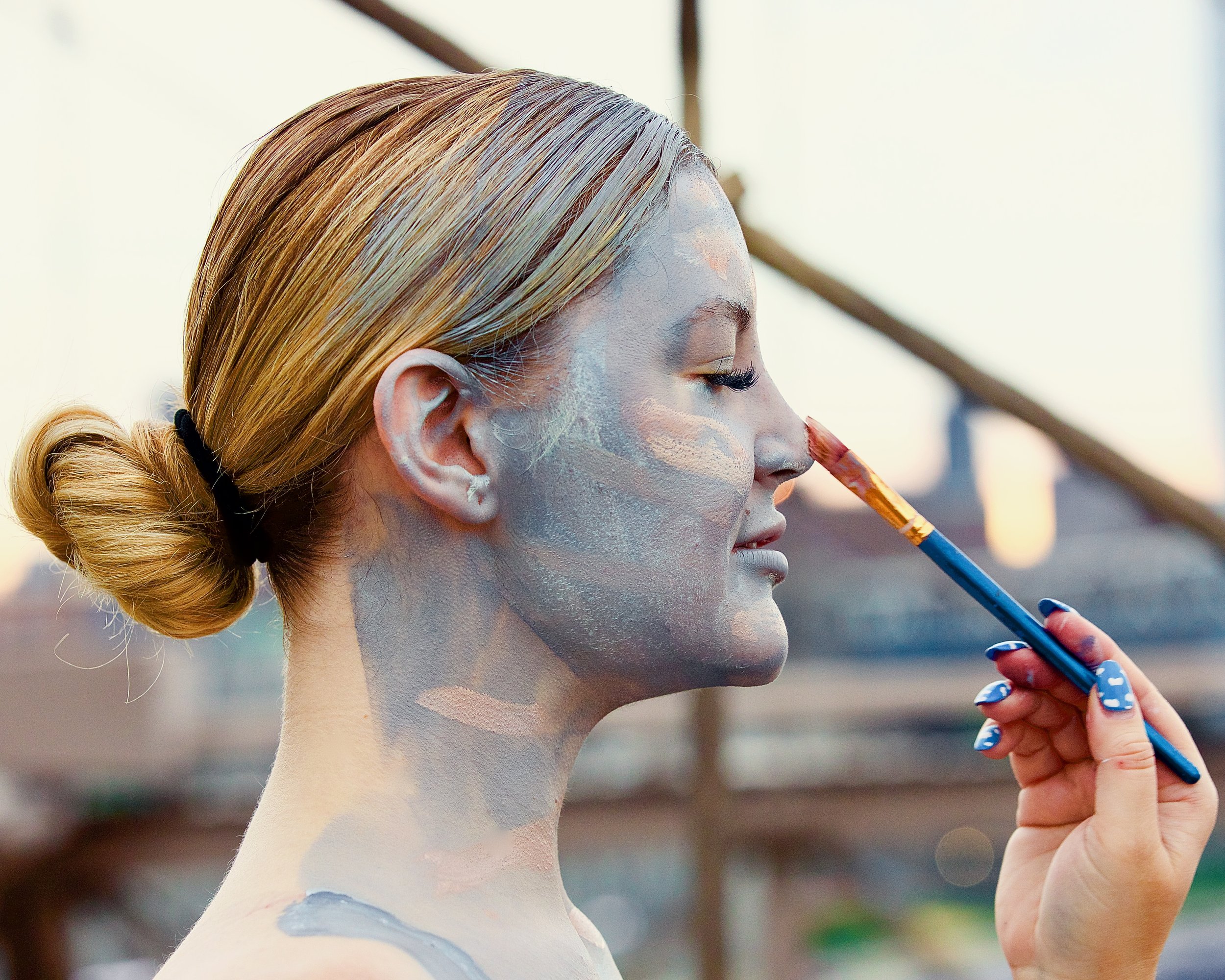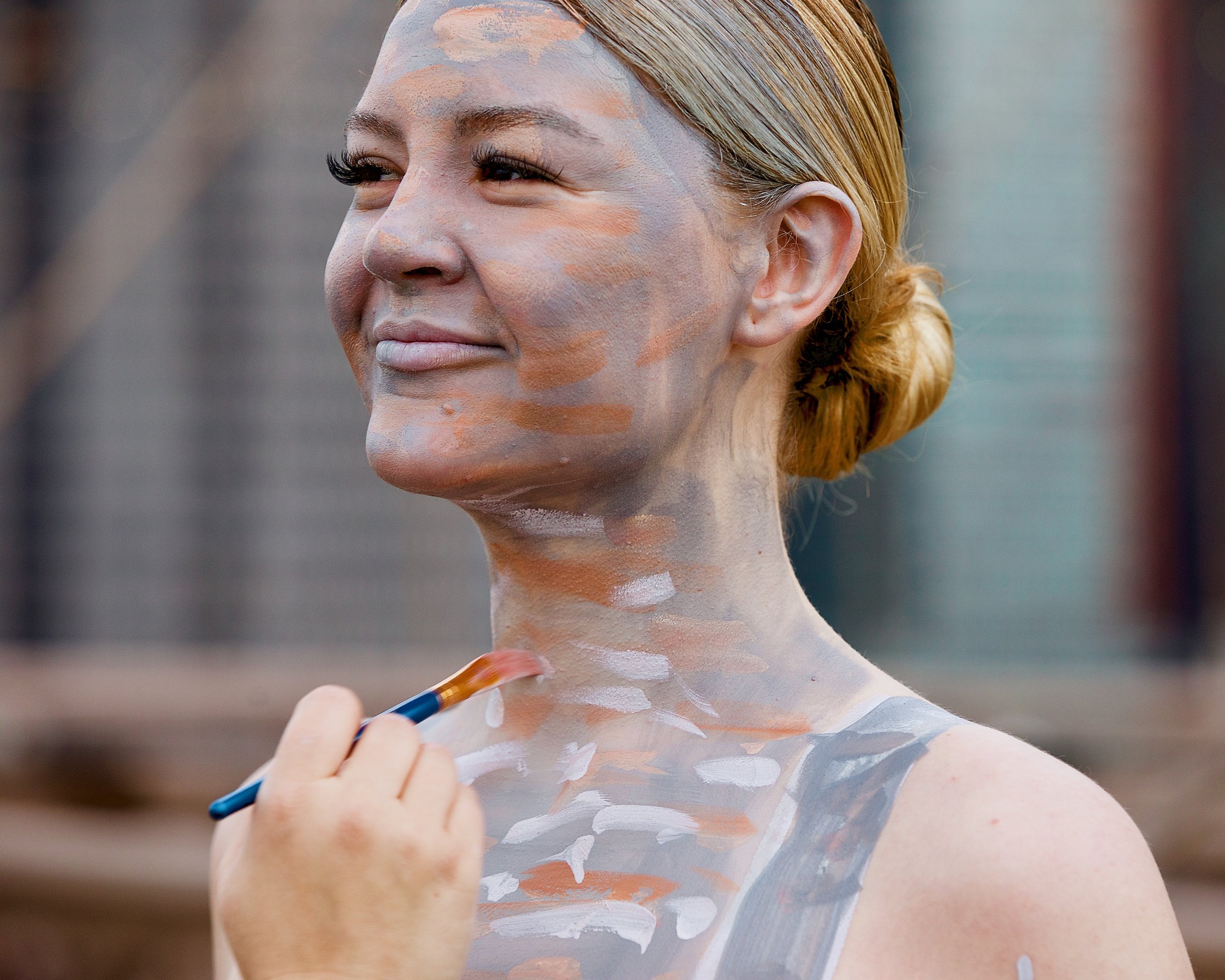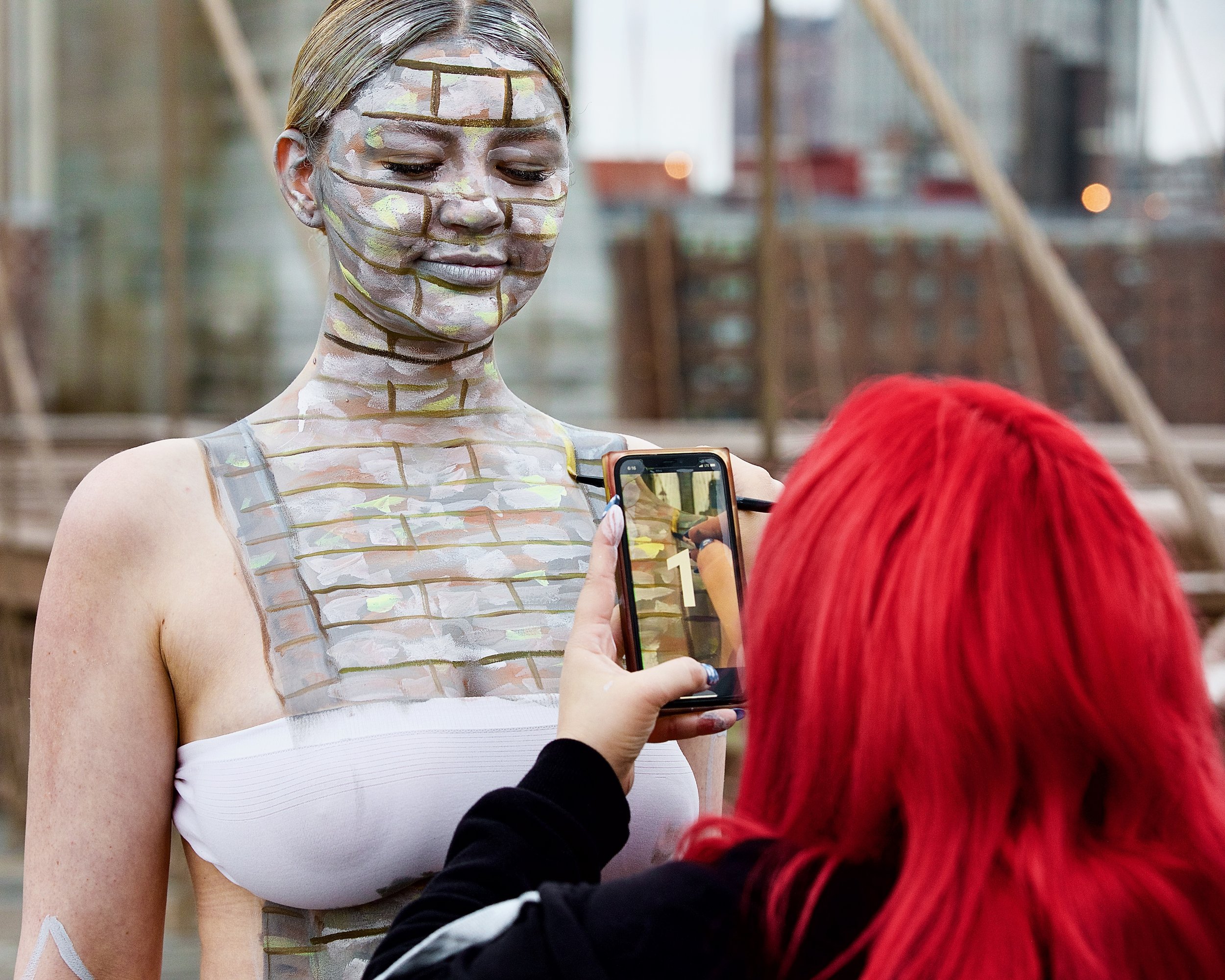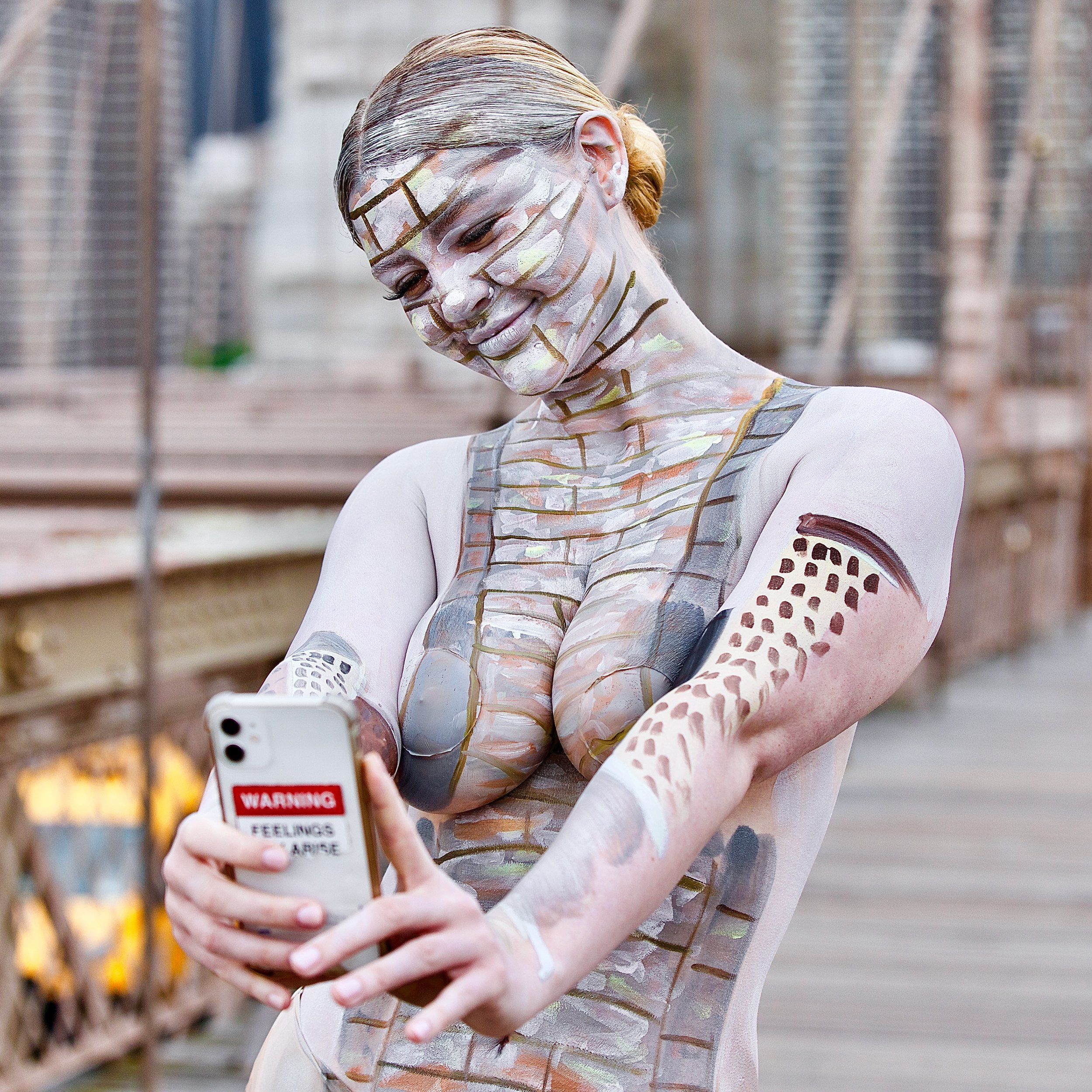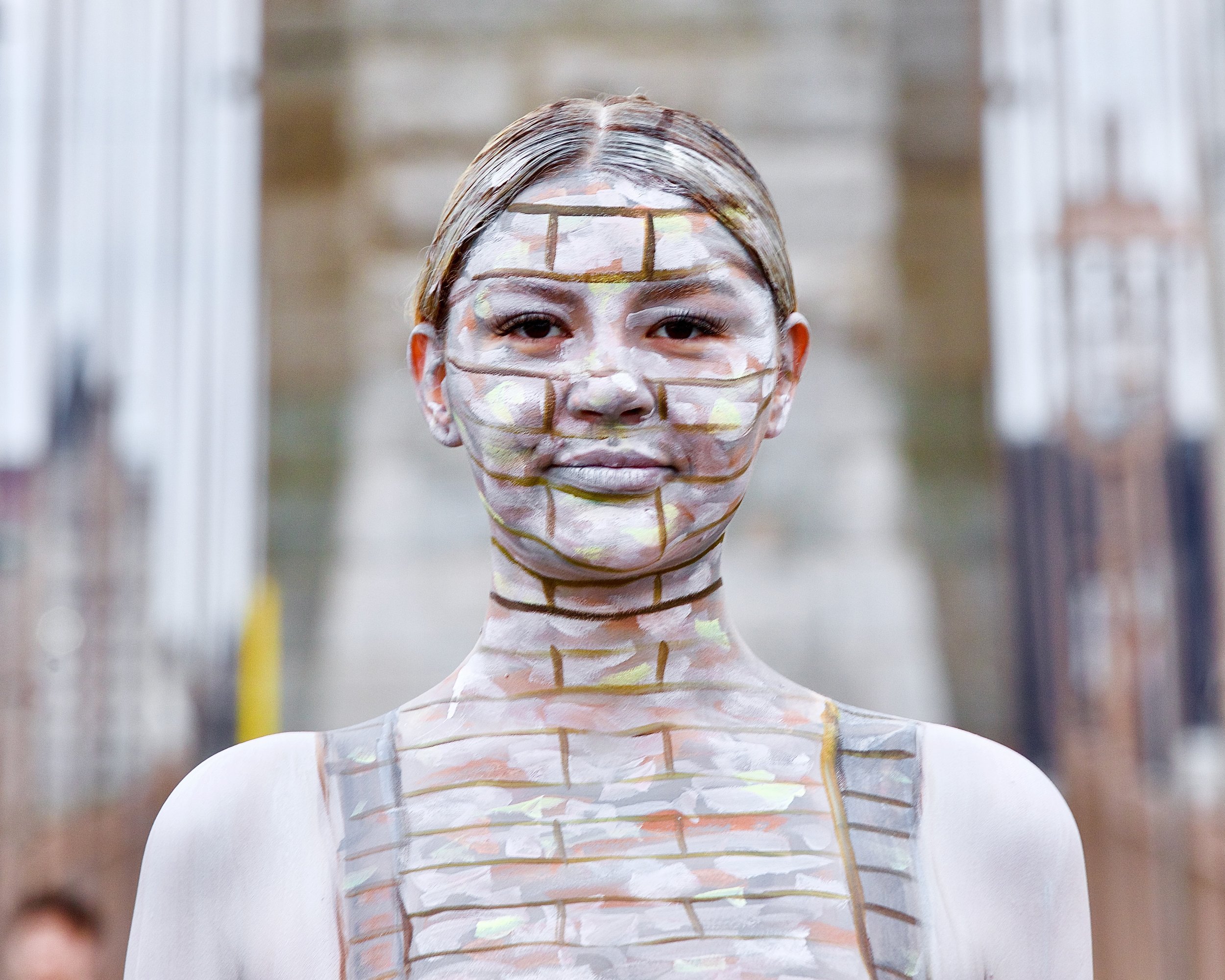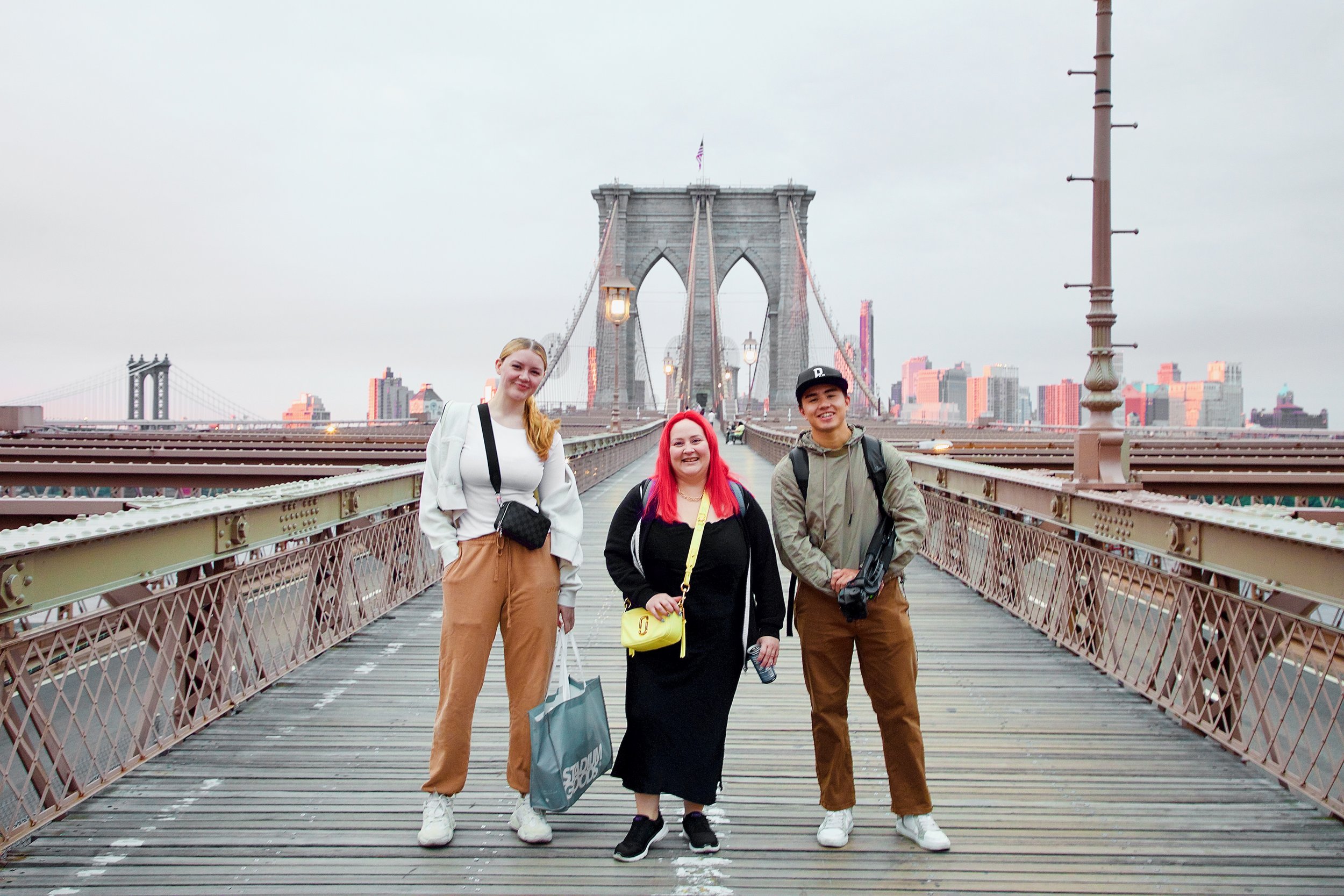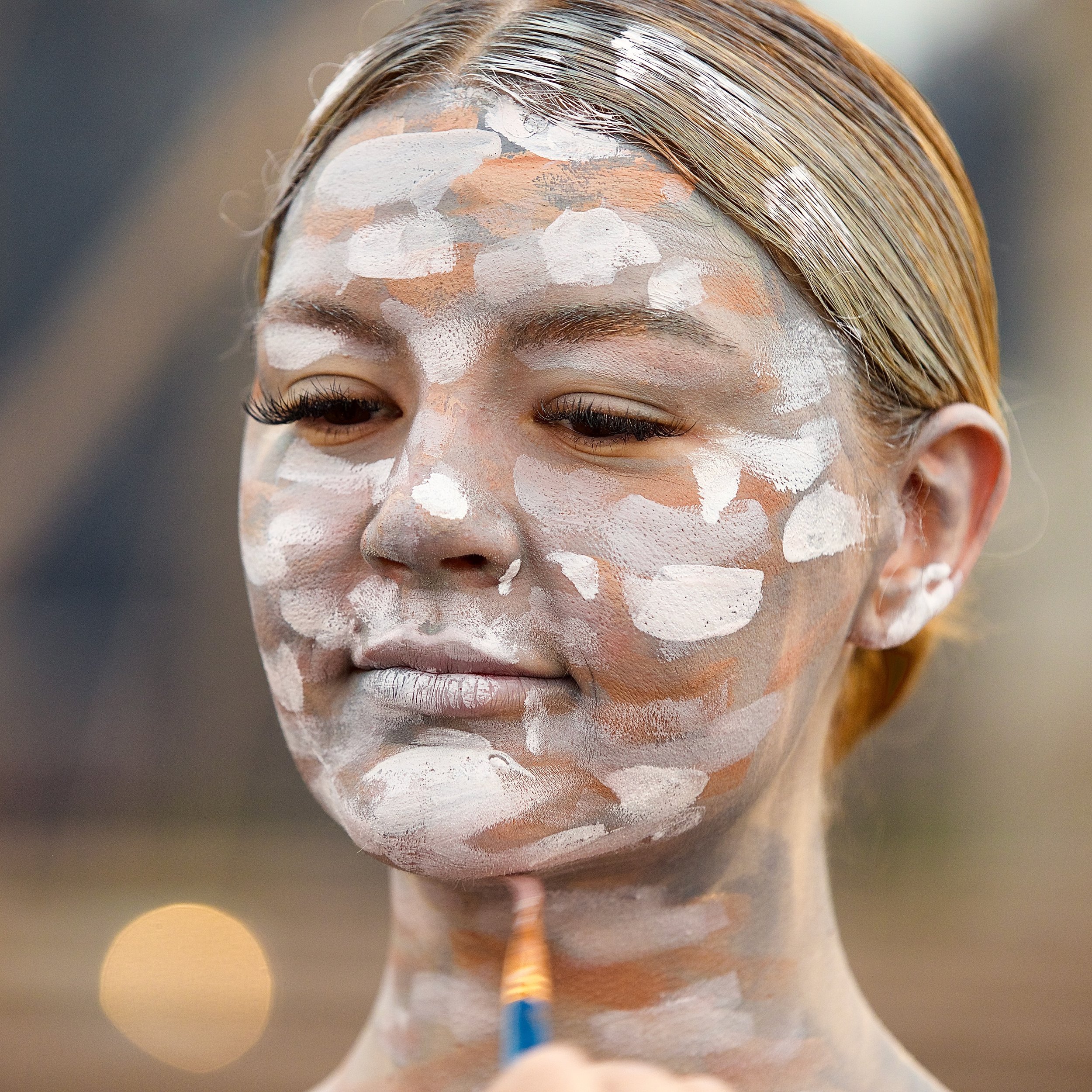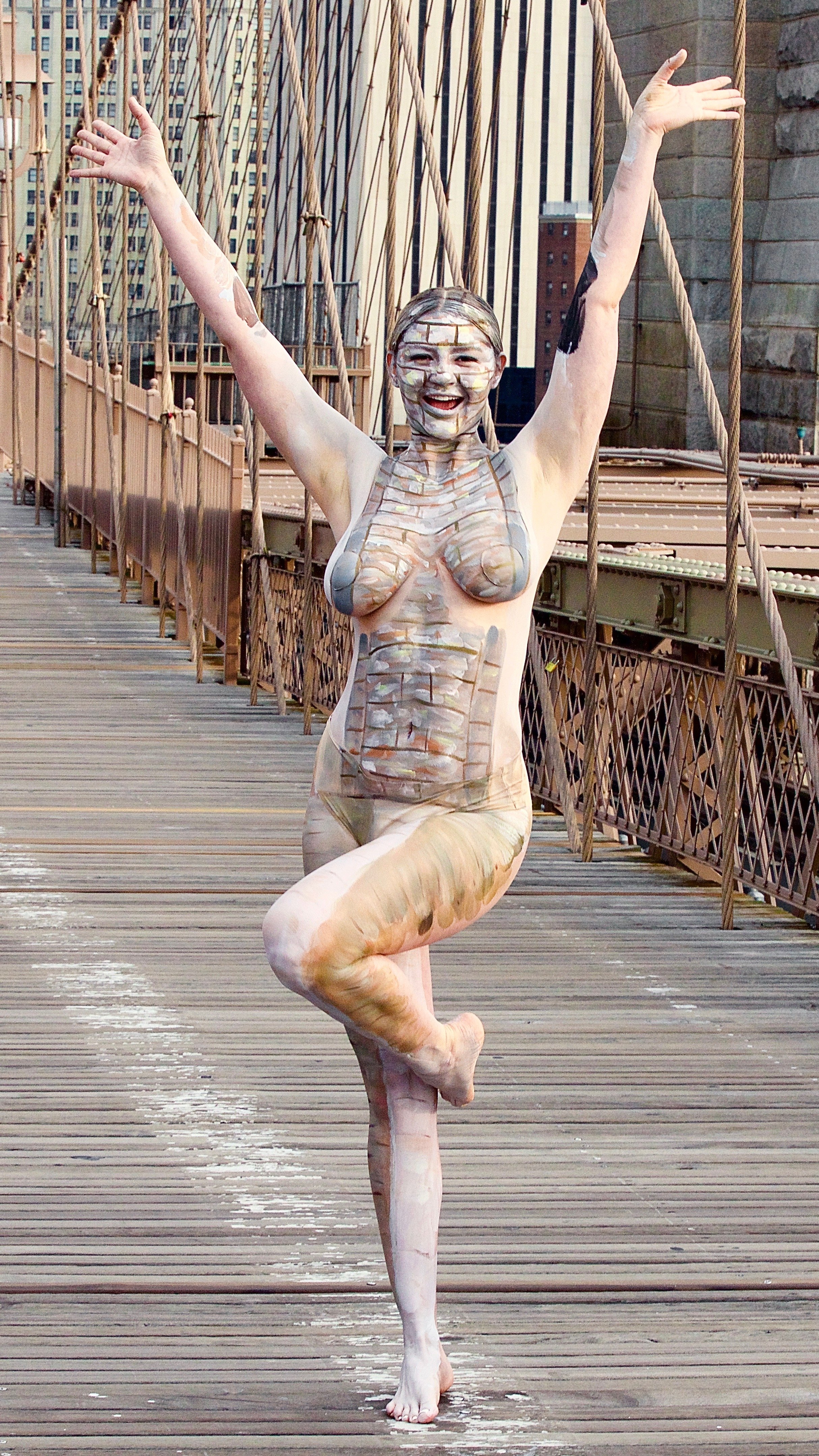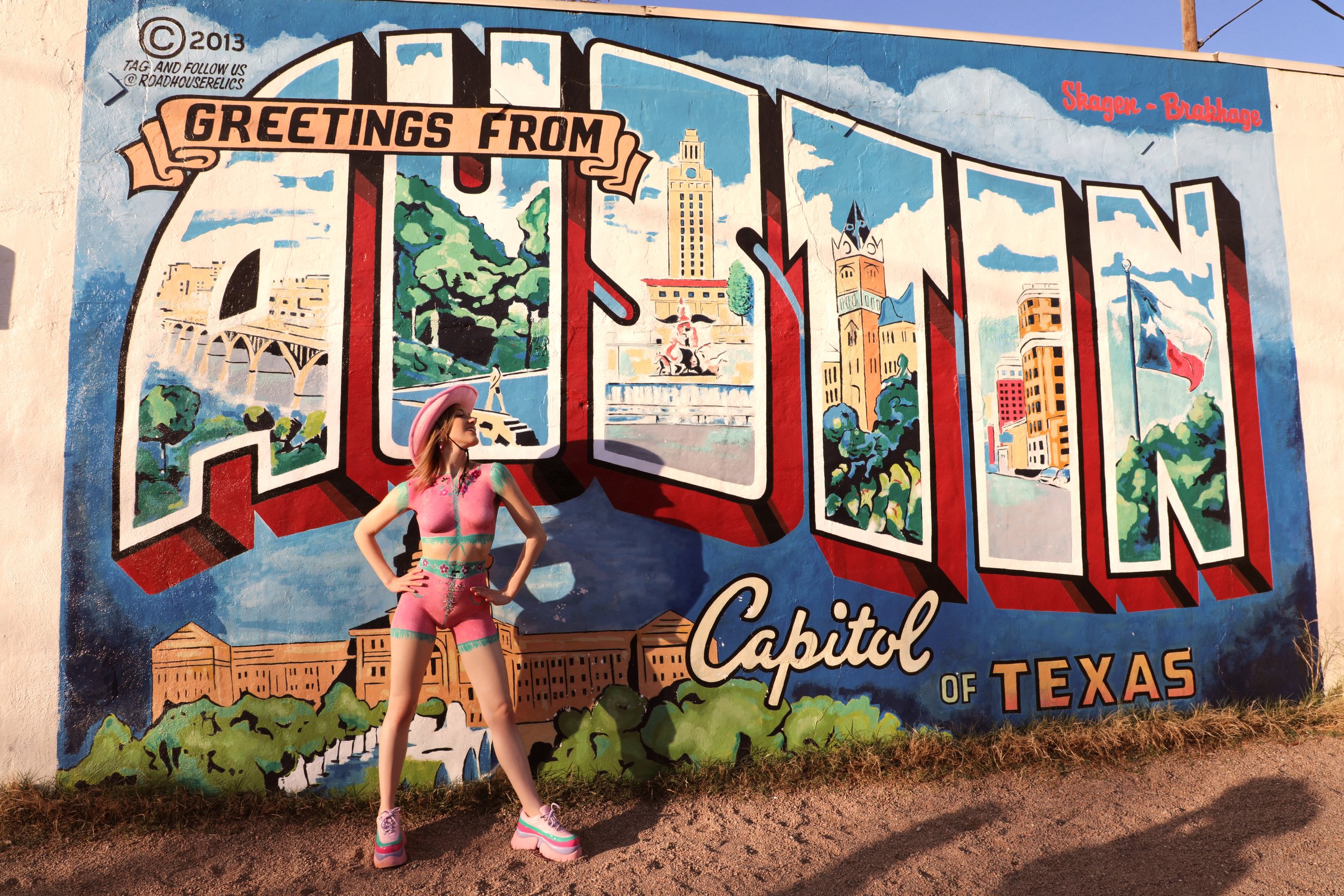Elevate Your Events: The Power of Body Painting to Wow Your Guests
Picture this: Colors dancing across the human canvas, transforming bodies into living works of art. The mesmerizing beauty, the sheer creativity – welcome to the captivating world of body painting. In this blog, we delve into the enchanting realm of body painting and explore its remarkable role in elevating the realm of entertainment.
Body Painting in the Context of Entertainment:
Body painting has transcended traditional artistic boundaries and has found its way into the heart of entertainment. From extravagant parties to electrifying festivals and sensational performances, body painting has emerged as a powerful medium that enhances the overall experience of events. It brings a unique blend of visual artistry, interactivity, and sensory engagement to captivate audiences like never before.
Significance and Power of Body Painting:
Body painting holds tremendous significance in the realm of entertainment. It goes beyond mere aesthetics and serves as a transformative tool that amplifies the ambiance, sparks intrigue, and creates unforgettable moments. With the ability to seamlessly merge art, performance, and storytelling, body painting possesses an inherent power to elevate events and leave a lasting impression on attendees. Whether it's enhancing the atmosphere, adding a touch of whimsy, or conveying a specific theme, body painting has become an indispensable part of the entertainment landscape.
As we delve deeper into the world of body painting in entertainment, prepare to be enthralled by its artistic marvel, its ability to engage the senses, its collaborative potential with other performance arts, and its profound impact on branding and marketing. Let us embark on a journey that celebrates the extraordinary power of body painting in enhancing events and immersing audiences in a realm of visual enchantment.
The Artistic Marvel of Body Painting
A. Origins and History of Body Painting as an Art Form
Body painting has a rich and captivating history that spans across ancient civilizations and tribal traditions. Its origins can be traced back thousands of years, where it was an integral part of cultural rituals, ceremonies, and celebrations. From the ancient Egyptians who adorned their bodies with symbols and hieroglyphics to the indigenous tribes of Africa, Asia, and the Americas who used body painting as a means of cultural expression, the art form has evolved and transformed over time.
In many ancient cultures, body painting served as a form of storytelling, conveying myths, legends, and historical narratives. It was also used to signify social status, tribe affiliation, and even protection from spiritual forces. The intricate patterns, symbols, and colors used in body painting reflected the values, beliefs, and identity of the individuals and communities.
As societies progressed, body painting transitioned from its tribal roots to a recognized art form embraced by artists worldwide. In the 20th century, body painting experienced a resurgence as artists explored new creative avenues and pushed the boundaries of the medium. Today, body painting has become a captivating form of artistic expression, capturing the imagination of both artists and spectators alike.
B. Creative Techniques and Styles in Body Painting
The world of body painting is a realm of boundless creativity, where artists employ a wide range of techniques and styles to transform the human canvas into a living masterpiece. Traditional brushwork remains a fundamental technique, allowing artists to create intricate designs, textures, and shading directly on the skin.
However, with advancements in technology and artistic innovation, body painters now embrace a plethora of techniques. Airbrushing has gained popularity for its ability to achieve smooth gradients, vibrant colors, and intricate details. Stenciling enables artists to create precise patterns and shapes, adding depth and dimension to their work. Mixed media approaches, incorporating elements such as prosthetics, fabrics, and accessories, further push the boundaries of what is possible in body painting.
The choice of style in body painting is as diverse as the artists themselves. Some embrace realism, meticulously recreating the human form with astonishing accuracy. Others explore abstract and avant-garde styles, using the body as a canvas for bold and unconventional artistic statements. From fantasy-inspired creations to nature-themed designs, body painting offers endless possibilities for artistic expression.
C. Renowned Body Painting Artists and Their Contributions
Throughout history, numerous artists have made significant contributions to the field of body painting, elevating it to new heights. Their exceptional talent, innovative techniques, and unique artistic visions have left an indelible mark on the world of body painting.
Joanne Gair
One such pioneer is Joanne Gair, whose groundbreaking work in body painting has garnered global recognition. Her ability to seamlessly integrate body paint with photography has resulted in breathtaking and visually stunning creations. Joanne Gair's artistry has graced the covers of prestigious magazines and has been featured in high-profile advertising campaigns and music videos.
Craig Tracy
Another influential figure is Craig Tracy, known for his extraordinary body painting compositions. His ability to blend the human form with intricate background designs creates captivating optical illusions that challenge perception and push the boundaries of what is possible in body painting.
Alexa Meade
Alexa Meade, an artist renowned for her unique approach, blurs the line between painting and photography. She applies acrylic paints directly onto the human body, transforming her subjects into living, breathing works of art. Through her unconventional technique, she challenges traditional notions of art and invites viewers to question their perception of reality.
Trina Merry
Trina Merry is a highly acclaimed body painter who has made a significant impact on the art form with her extraordinary talent and innovative approach. Known for her ability to seamlessly blend her subjects into their surroundings, Trina creates stunning illusions that challenge our perception of reality. Her body painting creations often feature a remarkable fusion of landscapes, architecture, and the human form, resulting in captivating and visually striking images. Through her artistry, Trina Merry pushes the boundaries of body painting, merging it with photography to produce breathtaking works that transcend conventional artistic boundaries.
Jen the Bodypainter
Jen the Bodypainter, also known as Jen Seidel, has gained widespread recognition for her exceptional body painting skills and captivating social experiments. With her viral videos that showcase her body painting pranks, Jen has captured the attention of millions around the world. Her ability to create incredibly realistic illusions through body paint, making her models appear dressed while they are actually nude, challenges our perceptions and prompts us to question what we see. Beyond the pranks, Jen's body painting artistry shines through in her intricate designs and attention to detail, making her a prominent figure in the world of body painting and an inspiration to aspiring artists.
These are just a few examples of the exceptional talents that have shaped the world of body painting. Their contributions have not only elevated body painting as an art form but have also inspired a new generation of artists to explore its possibilities.
By delving into the origins, techniques, and influential figures of body painting, we gain a deeper understanding of the artistic marvel it represents. Prepare to be captivated by the rich history, boundless creativity, and awe-inspiring talent that embody the world of body painting.
Body Painting: Transforming Events
A. Impact of Body Painting in Various Event Types:
Body painting has a profound impact on a wide range of event types, revolutionizing the way we experience and perceive entertainment. Whether it's a lively party, an exuberant festival, or an electrifying concert, the inclusion of body painting adds a unique and captivating element that takes events to new heights. The vibrant colors, intricate designs, and transformative nature of body painting create an immersive atmosphere, allowing attendees to engage with the artistry and become part of the experience. From large-scale music festivals where body-painted performers roam the grounds, adding an element of wonder and surprise, to intimate gatherings where guests can have their bodies painted as an interactive form of self-expression, body painting has become a game-changer, leaving a lasting impression on participants and transforming events into unforgettable occasions.
B. Enhancing Visual Appeal and Atmosphere:
Incorporating body painting into events elevates the visual appeal and atmosphere to extraordinary levels. The living artworks created through body painting become mesmerizing focal points that captivate the eyes and spark conversation among attendees. The synergy between the human form and intricate designs amplifies the event's theme or concept, creating a seamless integration between art and entertainment. Whether it's abstract patterns that complement a contemporary art exhibition, tribal motifs that align with a cultural festival, or ethereal illusions that enhance a fantasy-themed event, body painting brings an unparalleled visual spectacle to the surroundings. The dynamic and ever-changing nature of body painting adds an element of surprise and anticipation, ensuring that no two moments are the same, and keeping attendees engaged and enchanted throughout the event.
C. Captivating and Engaging Audiences:
Body-painted performers possess a unique ability to captivate and engage audiences in ways that traditional entertainment forms often can't. As walking canvases, these performers breathe life into the artistry through their movements, expressions, and interactions with the crowd. The synergy between body painting and performances creates a captivating fusion that heightens the emotional connection between the audience and the art form. Whether it's a mesmerizing dance routine, a theatrical performance, or a live music act, the integration of body painting adds an extra layer of intrigue, blurring the lines between the performer and the artwork. Audiences are spellbound as they witness the seamless transformation of the human body into a living masterpiece, forging a deep and personal connection that leaves a lasting impact.
By highlighting the profound impact of body painting across various event types, emphasizing its role in enhancing visual appeal and atmosphere, and showcasing how body-painted performers captivate and engage audiences, we unveil the transformative power of body painting in the world of events. This unique art form has the ability to transcend traditional entertainment boundaries, creating unforgettable experiences that leave attendees in awe and forever change their perception of what is possible in the realm of entertainment.
Engaging the Senses: Body Painting as Live Entertainment
A. Immersive Experience of Live Body Painting at Events:
Step into the captivating world of live body painting and immerse yourself in an extraordinary sensory experience. As the transformation unfolds before your eyes, the atmosphere becomes electric with anticipation and wonder. Describe the mesmerizing brushstrokes, the interplay of vibrant colors, and the intricate details that come to life on the human canvas. The visual spectacle of live body painting creates an immersive and awe-inspiring display that stimulates the senses and leaves spectators spellbound. Each stroke of the brush and each movement of the performer add to the overall tapestry of art, enveloping the audience in a world of creativity and beauty.
B. Interaction between Body-Painted Performers and the Audience:
Explore the unique interaction that unfolds between body-painted performers and the audience. Body painting serves as a bridge that connects art with entertainment, inviting viewers to engage on a personal and sensory level. As the performers showcase their living artworks, they establish a dynamic connection with the crowd, blurring the boundaries between the art and the audience. Discuss the palpable energy in the air as the body-painted performers captivate and interact with viewers, inviting them to touch, admire, and participate in the artistry. This interactive experience creates a sense of involvement and shared appreciation, enhancing the overall enjoyment of the event.
C. Showcasing Case Studies of Successful Events:
Prepare to be immersed in the breathtaking experience of witnessing live body painting at events. Discover the captivating interaction between body-painted performers and the audience, as well as the successful integration of body painting in real-world events. With its ability to engage the senses, body painting elevates live entertainment to new heights, creating unforgettable and enchanting experiences for all who are fortunate enough to witness its magic.
Fantasy Fest (Key West, Florida, USA):
Fantasy Fest is an annual 10-day festival known for its vibrant costumes and body painting. Artists and participants come together to celebrate creativity and self-expression through body art. During the festival, body-painted individuals parade through the streets, showcasing intricate designs and captivating illusions.
Burning Man (Black Rock City, Nevada, USA):
Burning Man, a renowned annual arts and music festival, features a range of artistic expressions, including body painting. Artists and participants embrace the festival's ethos of radical self-expression by adorning their bodies with elaborate and imaginative body art. The vibrant and interactive nature of body painting adds to the immersive experience of this unique event.
World Bodypainting Festival (Klagenfurt, Austria):
The World Bodypainting Festival is the largest and most prestigious body painting event globally, attracting artists from around the world. This week-long extravaganza features body painting competitions, exhibitions, and workshops. It showcases the diversity and creativity within the body painting community and serves as a platform for artists to display their talents and innovative techniques.
Rio Carnival (Rio de Janeiro, Brazil):
Rio Carnival is one of the world's most famous and extravagant carnivals, renowned for its colorful costumes, elaborate floats, and energetic samba parades. Body painting is an integral part of the carnival, with performers and participants adorning themselves in vibrant body art that reflects the carnival's spirit and themes.
Coachella Valley Music and Arts Festival (Indio, California, USA):
The Coachella Festival, an annual music and arts festival, features a diverse range of artistic expressions, including body painting. Artists at Coachella often incorporate body painting into their performances, transforming themselves and their dancers into living canvases. The integration of body painting adds an immersive and visually captivating element to the festival experience.
These real-world examples demonstrate the integration of body painting in various events, from festivals celebrating art and music to cultural carnivals and immersive experiences. They showcase the power of body painting to enhance the visual appeal, atmosphere, and overall impact of these events, creating memorable and engaging experiences for participants and attendees.
10 Ideas for Bodypaint at Events
Here are ten ideas on how event planners, tradeshow planners, brands, and art activation agencies can incorporate body painting into their experiential activations, while optimizing for the keyword "body painting":
Live Body Painting Performances: Feature professional body painters creating captivating artworks live on stage, transforming models into mesmerizing living canvases. The performances can be accompanied by music, storytelling, or synchronized choreography, creating a visually stunning and immersive experience.
Interactive Body Painting Workshops: Offer interactive workshops where attendees can participate in the body painting process. Provide guidance from skilled artists, allowing participants to unleash their creativity by painting on themselves or others, fostering a sense of engagement and personal expression.
Branded Body Painted Greeters: Enlist body-painted greeters at the entrance or throughout the event to welcome and guide attendees. Customize the body paint designs to incorporate brand logos, colors, or event themes, creating a unique and memorable first impression.
Body Painted Photo Booths: Set up photo booths with body-painted models, allowing attendees to capture extraordinary and shareable moments. Provide themed props and backdrops that align with the event or brand, encouraging participants to interact and create memorable social media content.
Body Painting Activation Stations: Establish dedicated body painting stations within the event space, where professional artists can paint attendees with intricate designs or simple motifs. This interactive activation allows participants to become part of the artwork, fostering a sense of connection and personalization.
Body Painted Brand Ambassadors: Hire body-painted brand ambassadors to engage with event attendees, creating a visually striking and attention-grabbing presence. These ambassadors can distribute promotional materials, engage in conversations about the brand or product, and provide a memorable brand experience.
Themed Body Painting Exhibitions: Curate a body painting exhibition that showcases the work of talented artists around a specific theme or concept. Align the theme with the event or brand messaging, allowing attendees to immerse themselves in the beauty and creativity of body painting as an art form.
Body Painted Runway Shows: Organize fashion shows featuring body-painted models, blending fashion and art seamlessly. Collaborate with fashion designers to create unique clothing designs that complement and enhance the body paint. This visually captivating runway show will leave a lasting impression on attendees.
Trade Show Booth Activations: Create eye-catching trade show booth activations by incorporating body painting. Hire body-painted models or performers to attract attention and engage with passersby, drawing them towards the booth for product demonstrations, interactive experiences, or brand presentations.
Artistic Body Painting Installations: Commission large-scale body painting installations as focal points within the event space. Collaborate with skilled artists to create immersive and awe-inspiring artworks that integrate seamlessly with the event theme or brand message, providing a captivating visual experience for attendees.
These ideas demonstrate the versatility and impact of body painting in various event activations, providing opportunities for engagement, brand visibility, and unforgettable experiences.
Collaborative Opportunities: Integrating Body Painting with Performances
Unleash your imagination as we explore the collaborative opportunities between body painting and other forms of entertainment. Witness the harmonious fusion of artistic expressions, the seamless storytelling, and the awe-inspiring performances that emerge from these collaborations. Get ready to embark on a journey where creativity knows no limits and the boundaries of artistic expression are pushed to new horizons.
A. Synergy between Body Painting and Other Forms of Entertainment:
Uncover the captivating synergy between body painting and various other forms of entertainment, such as dance and theater. Explore how the dynamic movement of dancers or the emotive expressions of actors can be enhanced and accentuated through the medium of body painting. By incorporating body painting into dance routines or theatrical performances, artists can create a visual spectacle that amplifies the narrative and emotional impact, captivating audiences in a truly unique way.
B. Storytelling and Thematic Expression through Combined Performances:
Delve into the boundless potential for storytelling and thematic expression when body painting is combined with other forms of performance. Discuss how the living canvases created by body painting artists become integral elements of the narrative, conveying emotions, characters, or conceptual themes. Imagine a dance performance where the body-painted performers embody elements of nature, their intricate designs reflecting the story being told. Consider a theatrical production where body painting transforms actors into fantastical creatures, immersing the audience in a world of imagination and wonder.
C. Examples of Successful Collaborations between Body Painters and Performers:
The world of body painting has witnessed remarkable collaborations between talented body painters and performers, resulting in awe-inspiring performances that push artistic boundaries and ignite the imagination. These collaborations showcase the transformative power of merging body painting with other forms of entertainment, creating unforgettable experiences for audiences worldwide. Let's delve into a few real-life examples that highlight the extraordinary possibilities that emerge when these artistic disciplines unite.
One outstanding collaboration took place in a theater production where body painters and actors joined forces to create visually stunning characters. Through intricate body painting designs, the performers were transformed into fantastical creatures, breathing life into the production's imaginative narrative. The merging of body painting with theatrical performances allowed for a seamless integration of visual artistry and storytelling, captivating audiences and immersing them in a world of wonder.
In the realm of dance, a collaboration between body painters and choreographers resulted in captivating showcases that pushed the boundaries of movement and expression. Body painting enhanced the dancers' performances by accentuating their movements, conveying emotions, or embodying thematic elements. The fusion of body painting with dance elevated the choreography, creating a multisensory experience that resonated deeply with spectators and left a lasting impression.
Another remarkable collaboration involved a multimedia event that combined body painting with live music performances. Body painters worked alongside musicians, using the human canvas as a visual representation of the music's emotional landscape. The synergy between the body-painted performers and the musicians created a truly immersive experience, where art and sound merged seamlessly, captivating the senses and forging a profound connection with the audience.
These examples showcase the power of collaborative experimentation and the ability to transcend artistic boundaries. By merging body painting with other forms of performance, visionary artists and performers have paved the way for groundbreaking creations that captivate, inspire, and challenge conventional notions of art and entertainment.
Prepare to be enthralled as the worlds of body painting and performance intertwine, offering a new realm of artistic exploration and sensory delight. Experience the transformative energy that emerges when artists unite, igniting the stage with their combined creativity, passion, and boundless imagination. Through these remarkable collaborations, we witness the infinite possibilities that arise when different art forms come together, creating moments of pure magic and artistic brilliance.
Beyond the Event: Leveraging Body Painting for Branding and Marketing
A. Utilizing Body Painting as a Unique Marketing Tool:
In today's competitive marketplace, brands are constantly seeking innovative ways to captivate audiences and create memorable experiences. Body painting presents a unique opportunity to stand out from the crowd and leave a lasting impression. By incorporating body painting into their marketing strategies, brands can tap into the power of art to convey their messages, values, and narratives in a visually striking and engaging manner. Whether it's a live activation, a photoshoot, or a digital campaign, body painting offers a distinctive and attention-grabbing way to connect with consumers on a deeper level.
Imagine a clothing brand hosting a fashion show where models are adorned with intricate body paint designs that complement the latest collection. The living artworks would not only showcase the brand's creativity and style but also create an immersive and unforgettable experience for the audience. Through the fusion of fashion and body painting, the brand can communicate its unique aesthetic and create a strong brand identity that resonates with consumers.
B. Attention-Grabbing Nature of Body-Painted Promotional Campaigns:
In a world saturated with advertisements and marketing messages, it can be challenging for brands to capture and retain the attention of their target audience. This is where body-painted promotional campaigns shine. Body painting has a mesmerizing and attention-grabbing quality that makes it inherently captivating. The human canvas, transformed into a living work of art, becomes a walking billboard that instantly captures the gaze of onlookers.
Picture a beauty brand launching a new line of cosmetics and using body painting as a striking visual representation of their products. In a crowded shopping center, body-painted models adorned with vibrant colors and intricate designs would naturally draw the attention of passersby. The unique and eye-catching nature of the body art would generate curiosity and spark conversations, creating a buzz around the brand and its new product line.
C. Showcasing Examples of Successful Brand Activations:
To illustrate the immense potential of body painting in branding and marketing, let's explore some real-world examples of successful brand activations. One notable example is the collaboration between a sports drink brand and a team of body painters. During a major sports event, the brand organized an interactive booth where attendees could have their bodies painted with sports-themed designs while enjoying the refreshing beverage. This immersive experience not only enhanced brand visibility but also created a strong association between the brand and an active and healthy lifestyle.
Another example is a technology company that leveraged body painting to promote its latest product launch. The company partnered with skilled body painters who transformed models into living representations of the product's features and capabilities. This creative and visually stunning campaign captured the attention of both industry professionals and consumers, generating widespread buzz and driving interest in the new technology.
By showcasing these examples, it becomes clear that body painting offers brands a powerful tool to leave a lasting impact on their target audience. Through strategic collaborations and creative activations, brands can harness the attention-grabbing nature of body painting to amplify their marketing efforts, engage consumers, and create memorable brand experiences.
Discover the limitless potential of body painting in elevating brand visibility, engagement, and storytelling. Embrace the attention-grabbing nature of body-painted promotional campaigns and explore how they can transform brand activations into immersive and unforgettable experiences. From exclusive events to innovative digital campaigns, let the captivating artistry of body painting propel your brand to new heights in the world of marketing and branding.
The Future of Body Painting in Entertainment
A. Emerging Trends and Innovations:
The world of body painting is constantly evolving, driven by emerging trends and innovations that push the boundaries of artistic expression. Exciting new techniques, materials, and technologies are revolutionizing the field, opening up a world of possibilities for captivating entertainment experiences. Artists are exploring innovative approaches, incorporating elements such as augmented reality, projection mapping, and interactive designs into their body painting creations. These advancements create mesmerizing visual effects, transforming the human canvas into a living, interactive artwork that captivates audiences like never before.
B. Growing Demand for Body Painting at Events:
There is a growing demand for body painting as a captivating feature at events of all kinds. Audiences are increasingly seeking unique and immersive experiences that leave a lasting impact. Body painting perfectly fulfills this desire, offering a blend of visual artistry, performance, and interactivity. Body-painted performers, interactive installations, and live painting demonstrations are becoming sought-after attractions, adding an element of intrigue and wonder to festivals, corporate events, and experiential activations. The rising popularity of body painting is a testament to its ability to captivate and engage audiences, solidifying its position as an integral part of modern entertainment.
C. Integration of Body Painting in Entertainment:
Body painting has already made significant strides in various forms of entertainment, including theater, dance, music festivals, and film. As we look to the future, the integration of body painting is expected to continue expanding. Collaborative projects that bring together artists from different disciplines, interdisciplinary performances that merge body painting with theater, dance, or multimedia experiences, and cross-media ventures that combine body painting with virtual reality or interactive technologies are just a glimpse of what lies ahead. The potential for innovation and creative exploration in integrating body painting with entertainment is vast, promising unforgettable moments that blur the boundaries between art, performance, and audience participation.
As we venture into the future, the world of body painting in entertainment holds immense potential. Emerging trends and innovations continue to shape the field, while the growing demand for unique and immersive experiences propels body painting into the forefront of modern entertainment. The integration of body painting in various art forms, the exploration of new technologies, and the collaborative spirit of artists and performers will drive the evolution of body painting, unlocking a realm of limitless creativity and unforgettable experiences for audiences around the world.
Conclusion
A. Summary:
Throughout this blog, we have explored the transformative power of body painting in the realm of entertainment. We have highlighted its ability to captivate audiences, enhance visual appeal, and create immersive experiences that leave a lasting impact. From its impact on various event types to its role in enhancing atmosphere and engaging audiences, body painting has proven to be a catalyst for unforgettable moments.
B. The Significance of Body Painting:
Body painting is not just a form of art; it is a dynamic and innovative art form that has the potential to elevate events to new heights. It allows for unique self-expression, powerful storytelling, and a level of audience engagement that traditional forms of entertainment often struggle to achieve. By bringing art to life on the human canvas, body painting breathes a new dimension into performances and experiences, creating a sensory delight that transcends boundaries.
C. The Incorporation of Body Painting:
As we conclude, we invite you to consider the profound impact of body painting and its potential for your future entertainment endeavors. Whether you are an event planner, a trade show organizer, a brand marketer, or an art activation agency, the incorporation of body painting can add a distinctive and captivating element to your activations. Embrace the limitless creative possibilities that body painting offers and explore the synergy between art and entertainment to create extraordinary and unforgettable experiences for your audiences.
In the ever-evolving landscape of entertainment, body painting stands as a powerful tool that can transform events, engage audiences, and create memorable moments. By embracing body painting, you embrace the extraordinary synergy between art and entertainment, where boundaries are shattered, creativity is unleashed, and unforgettable experiences are born. Embrace the transformative power of body painting and open the door to a world of endless possibilities in the realm of entertainment.
